
One of the world’s leading publishers of printed classical and educational music.

Piano Music of Africa and the African Diaspora sampler
- Text
- Africa
- Piano
- African
- Composers
- Oxford
- Chapman
- Nyaho
x 10 Composer
x 10 Composer Biographies Hale Smith African-American composer, editor, and arranger Hale Smith first studied classical and jazz piano and then received his degrees in composition from the Cleveland Institute of Music. He taught at C.W. Post College (Long Island) and is Professor Emeritus at the University of Connecticut–Storrs. Smith has been an artistic consultant for the Black Music Repertory Ensemble at the Center for Black Music Research Columbia College in Chicago. He is also well known as an arranger and has worked prominently with jazz musicians such as Dizzy Gillespie, Chico Hamilton, Ahmad Jamal, Melba Liston, and Randy Weston. As editor, he has worked with major music publishers. As composer, he has written for orchestra, chorus, solo voice, chamber ensemble, and solo instruments. His piano works include Faces in Jazz, Anticipations, introspections and reflections, Inventions, 4 Mosaics, and Sonata. Ulysses Kay African-American composer Ulysses Kay studied piano at the encouragement of his uncle, jazz legend Joe “King” Oliver, and later, William Grant Still. He studied with Bernard Rogers, Howard Hanson, Paul Hindemith, and Otto Luening at the University of Arizona, Eastman School of Music, Yale University, and Columbia University. Kay taught at Boston University, University of California–Los Angeles, Macalester College, and Brevard Music Center and was distinguished professor of theory and composition at Lehman College at CUNY. Kay spent a majority of his career composing commissions and scores for film and television. Kay’s compositions include instrumental, chamber, orchestral, choral, dramatic, incidental, and commercial music. His piano music includes Four Inventions, Two Nocturnes, Ten Short Essays or Ten Pieces for Children, Two Impromptus, Visions, Two Short Pieces for Piano Four-Hands. for online perusal only Bangambula Vindu Congolese composer André Bangambula Vindu studied at the Conservatoire de Musique et d’Art Dramatique and the Institut National des Arts of the Université Nationale du Zaïre (INAUNZ) in Kinshasa. He received degrees from the Shanghai Conservatory of Music in China studying composition with Wang Qiang and Zhao Xiao-sheng. Vindu has lectured on music theory and saxophone at the INAUNZ and also served as head of the music department, assistant professor and leader of the experimental ensemble Maisha at the Centre d'Études et de Diffusion des Arts in Kinshasa. Vindu’s recent positions have included teaching music in Hong Kong and Shanghai. He has also participated in international festivals and symposia throughout Europe, North America, Africa and Asia. His compositions include vocal, chamber, and orchestral works. He has also made arrangements of traditional Congolese Folksongs. His piano works include Rêverie; several fugues, and a suite.
11 Performance Notes 1. Kwela No. 1-- Isak Roux The articulations of this happy, light-hearted piece should be sharply defined. "Kwela" is derived from the Zulu term for "get up"-----it is an invitation to dance. This style of music was primarily written for the pennywhistle and became popular internationally and used in many forms. 2. Tender Thought -- Ulysses Kay This piece should be played as lyrically as possible. Take care to bring out the middle voice particularly in mm. 16–24. Rests in mm. 31–3 in the bass are very important in articulating the meter of the piece. 3. My Scarf is Yellow -- Hale Smith Extra care should be given to the slurs and other articulations at the beginning. The rhythm should be exact in the middle section with precise releases at the end of the measures, such as in mm. 9, 11, and 15. for online perusal only 4. Dusk -- Nkeiru Okoye This was written after the passing of Noel DaCosta, Okoye’s mentor and friend for a decade. The music is soulful, spiritual, and reflective, reflecting the spirituality of her departed teacher. 5. Piano Piece No. 2, Call and Response -- Robert Mawuena Kwami The practice of call and response in African traditional music is very common. As the title suggests, make sure the melodic lines in both hands are well shaped and projected. Pay close attention to slurs. 6. Soufiane -- Halim El-Dabh El-Dabh frequently draws on his Egyptian heritage for Soufiane. This piece uses a motive based on two very common Arabic tetrachords “Hijaz” and “Nahawand.” The Middle Eastern sound is due to the Hijaz tetrachord with its augmented second surrounded by minor seconds. El-Dabh says, “Soufiane is to be performed with a deep introspective feeling as if connecting man to the universe.” 7. Off-Beat Shorty -- Hale Smith Off-Beat Shorty comes from Face of Jazz, a set of twelve pieces for the young pianist. The piece emphasizes off beats and is designed to train the pianist to create a springing sound through a quick release of tension. 8. Ticklin’ Toes -- Florence B. Price This light-hearted piece is best performed with strict observance of articulations. The character of the middle section is playful and deserves emphasis on the dynamics.
- Page 1: 2 Piano Music of Africa and the Afr
- Page 4 and 5: 4 1 198 Madison Avenue, New York, N
- Page 6 and 7: 6 Foreword The need for piano music
- Page 8 and 9: 8 Composer Biographies Valerie Cape
- Page 12 and 13: xii 12 Performance Notes 9. Sweet M
- Page 14 and 15: 4 14 2. Tender Thought From Ten Sho
- Page 16 and 17: 8 16 4. Dusk From African Sketches
- Page 18 and 19: 18 11 17 1 1 p
- Page 20 and 21: 14 20 7. Off-Beat Shorty From Faces
- Page 22 and 23: 16 22 17 4 1 4
- Page 24 and 25: 20 24 10. Dancing Barefoot in the R
- Page 26 and 27: 26 11. Lullaby From Preludes in Afr
- Page 28 and 29: 26 28 13. Lullaby From Suite for Pi
- Page 30 and 31: 4 29 From Twelve Pedagogical Pieces
- Page 32 and 33: 32 Fast, ritmico q = 120 15. Ufie I
- Page 34 and 35: This wonderful anthology presents a
- Page 36 and 37: 36 Contents Page Foreword Preface A
- Page 38 and 39: 38 Preface The vast—and until now
- Page 40 and 41: vii 40 Composer Biographies Halim E
- Page 42 and 43: ix 42 Composer Biographies Joshua U
- Page 44 and 45: xi 44 Performance Notes 11. Volta F
- Page 46 and 47: 46 3 17
- Page 48 and 49: 8 48 3. Honey From “In the Bottom
- Page 50 and 51: 5 q = 100 p 4. Nigeri
- Page 52 and 53: 14 52 5. Prelude No. 1 ‘Joshua fi
- Page 54 and 55: 18 54 7. Oga Maiden’s Game Quasi
- Page 56 and 57: 56 8. Preludio Cubano 21 Allegretto
- Page 58 and 59: 24 58 9. Silk Hat and Walking Cane
- Page 60 and 61:
26 60 40
- Page 62 and 63:
62 30 26 broaden
- Page 64 and 65:
f 33 26
- Page 66 and 67:
66 12. Igbá Kerin - Àwon Abàmì
- Page 68 and 69:
68 for Catherine Giorgi 14. Pomme C
- Page 70 and 71:
44 70 for Shadia نسيط 15. Basse
- Page 72 and 73:
20 (Ped.) 25
- Page 74 and 75:
74 50 18
- Page 76 and 77:
This wonderful anthology presents a
- Page 78 and 79:
78 Contents page Acknowledgements C
- Page 80 and 81:
Composer Biographies v Akin Euba Ni
- Page 82 and 83:
82 Performance Notes 1. Take Me Bac
- Page 84 and 85:
Moderato, with marked rhythm sugges
- Page 86 and 87:
4 Lento pp 2
- Page 88 and 89:
6 88 27 Meno mosso, più tranquillo
- Page 90 and 91:
10 90 20
- Page 92 and 93:
15 4. Juba Dance From “In the Bot
- Page 94 and 95:
94 17 35
- Page 96 and 97:
13 96
- Page 98 and 99:
98 24 16
- Page 100 and 101:
100 27 20
- Page 102 and 103:
102 8. Scenes from Traditional Life
- Page 104 and 105:
34 104 for Mario 9. Scherzino With
- Page 106 and 107:
Allegro 106 10. Nimble Feet From Da
- Page 108 and 109:
40 108 11. Cell Phone Blues q = 7
- Page 110 and 111:
44 110 12. Papillons OSWALD RUSSELL
- Page 112 and 113:
13. Variations on an Egyptian Folks
- Page 114 and 115:
114 Variation 2 51 Flowing q. = 66
- Page 116 and 117:
116 53 14 sub. p
- Page 118 and 119:
55 Variation 6 In the style and rhy
- Page 120 and 121:
This wonderful anthology presents a
- Page 122 and 123:
122 Contents page Acknowledgements
- Page 124 and 125:
Composer Biographies v Gyimah Labi
- Page 126 and 127:
126 3 18
- Page 128 and 129:
128 2. Ukom From Talking Drums 9 Op
- Page 130 and 131:
130 11 29
- Page 132 and 133:
22 132 14 3 3
- Page 134 and 135:
134 4. Coma Dance 27 q = 72 4
- Page 136 and 137:
18
- Page 138 and 139:
Allegro q = 138 p
- Page 140 and 141:
mp dolce, leggiero
- Page 142 and 143:
142 49 13
- Page 144 and 145:
54 144 7. The Lotus From Six Dialec
- Page 146 and 147:
56 146 48
- Page 148 and 149:
This wonderful anthology presents a
- Page 150 and 151:
150 Contents page Acknowledgements
- Page 152 and 153:
152 Composer Biographies v Oswald R
- Page 154 and 155:
154 3 27 rall. sf
- Page 156 and 157:
8 156 2. Humoresque Allegro q = c.8
- Page 158 and 159:
10 158 39
- Page 160 and 161:
160 19 10
- Page 162 and 163:
162 4. Afro Arab Blues بلوز ا
- Page 164 and 165:
16 1
- Page 166 and 167:
166 5. Township Guitar 37 ISAK ROUX
- Page 168 and 169:
168 31
- Page 170 and 171:
170 45 9
- Page 172 and 173:
172 7. Rhapsody No. 4 (Toccata) 55
- Page 174 and 175:
174 57 37 sub. p f
- Page 176 and 177:
64 176 19
- Page 178:
This wonderful anthology presents a
Inappropriate
Loading...
Mail this publication
Loading...
Embed
Loading...
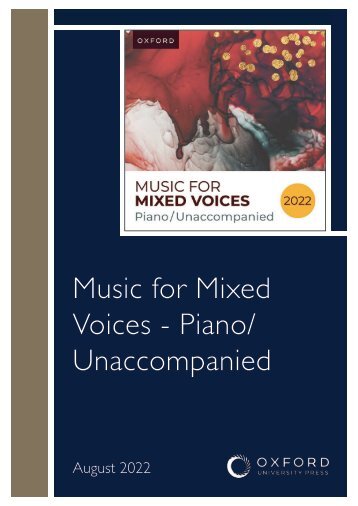
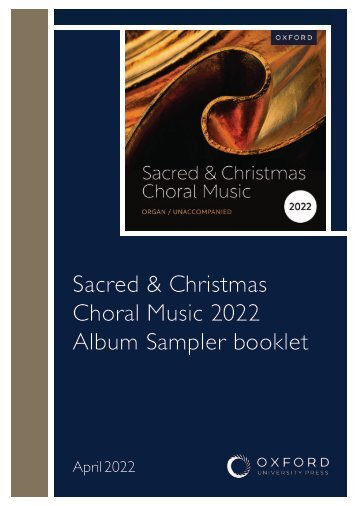

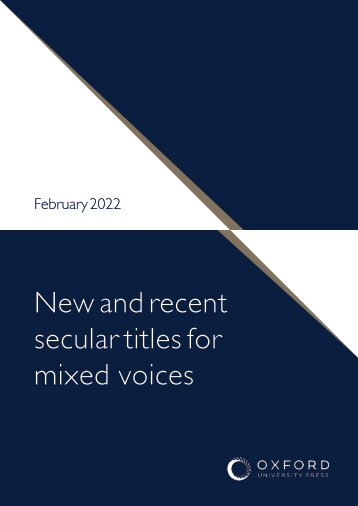
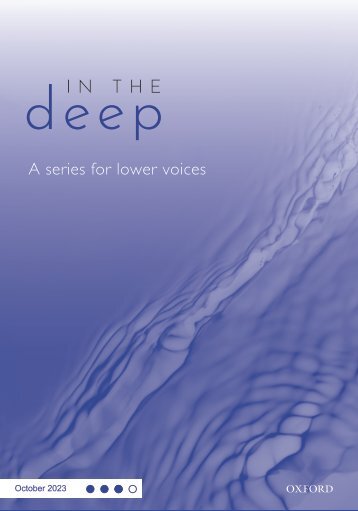
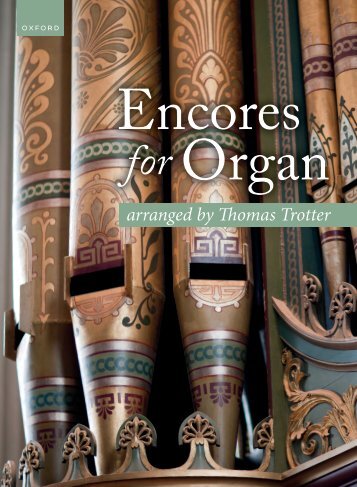
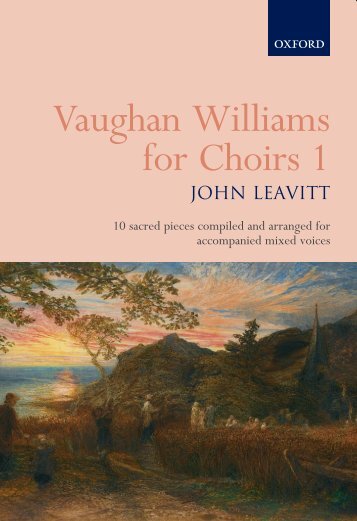

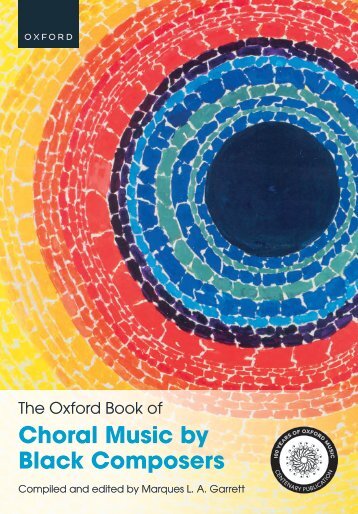
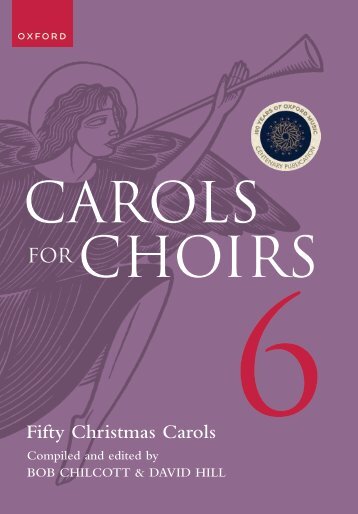
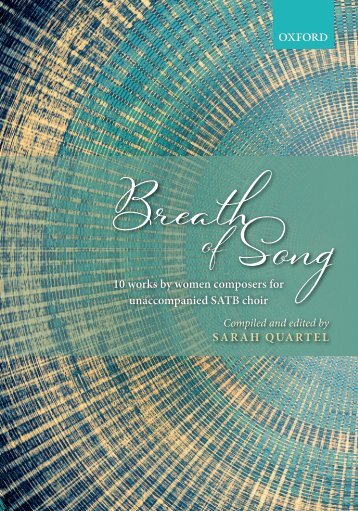
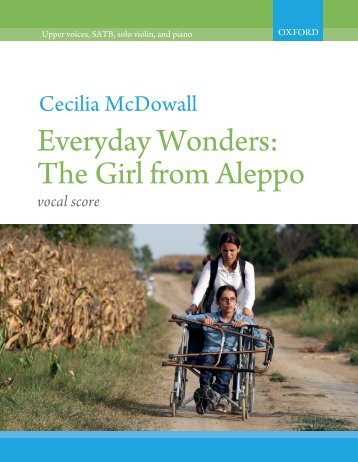
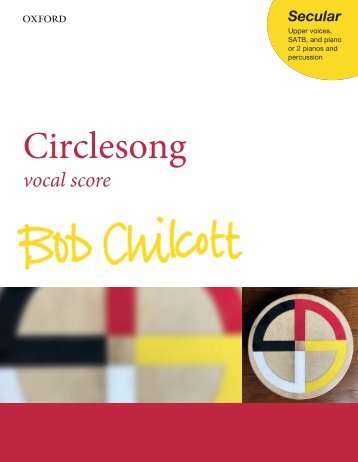
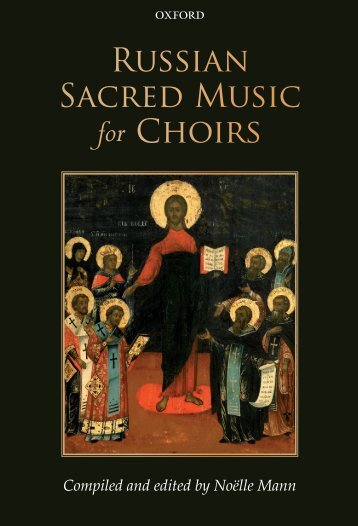

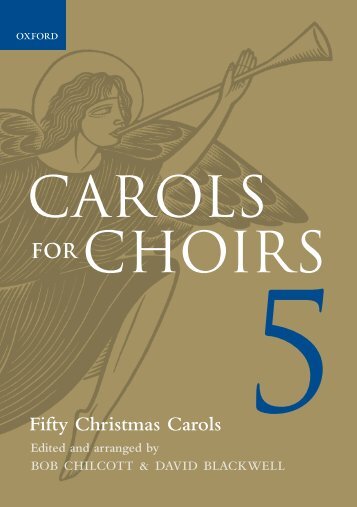

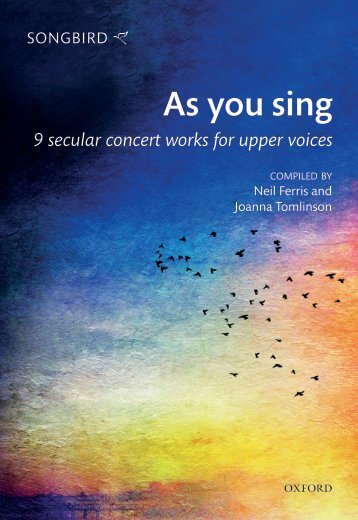
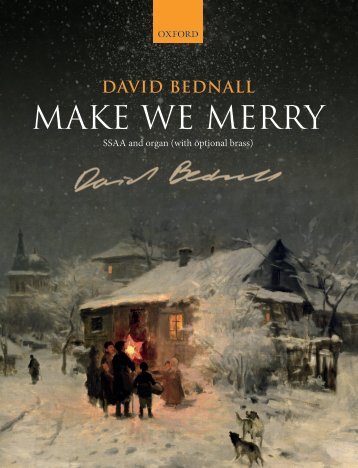
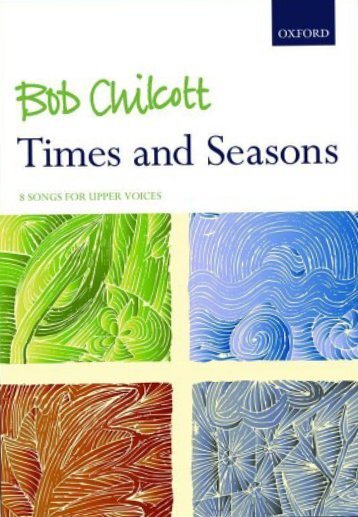


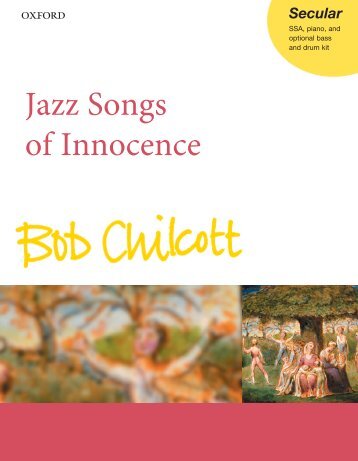
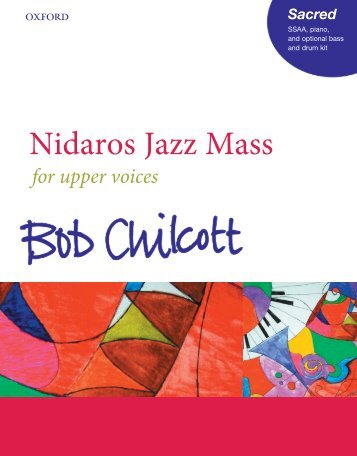
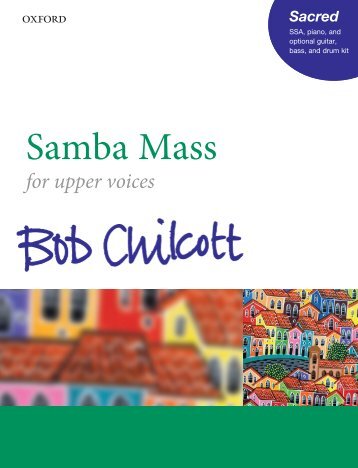


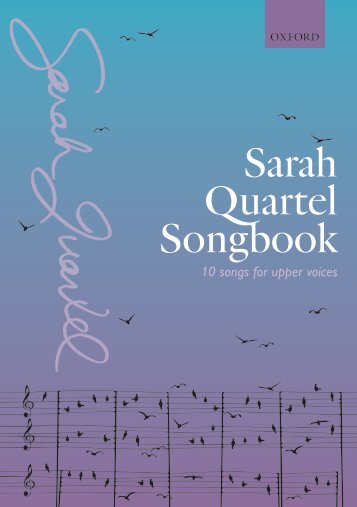
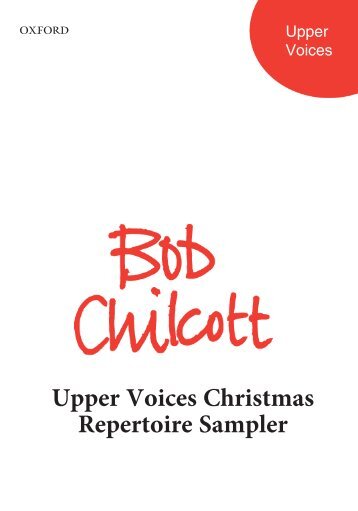

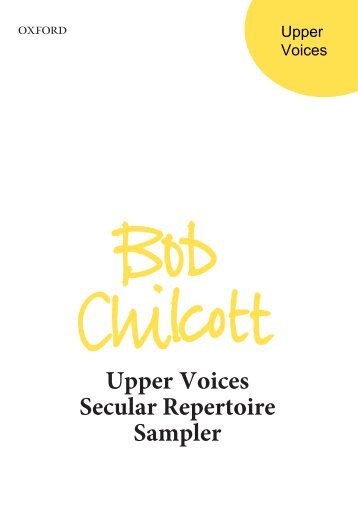

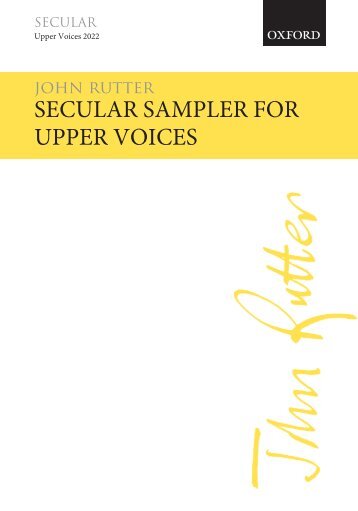
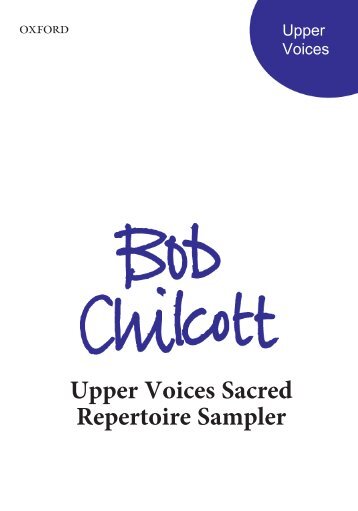


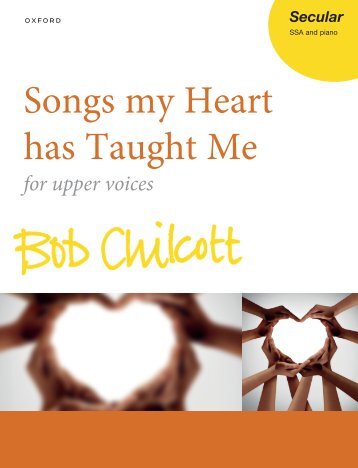
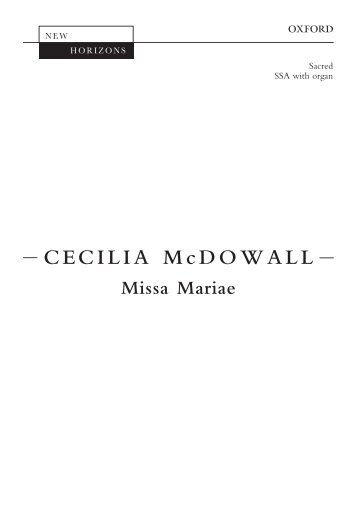
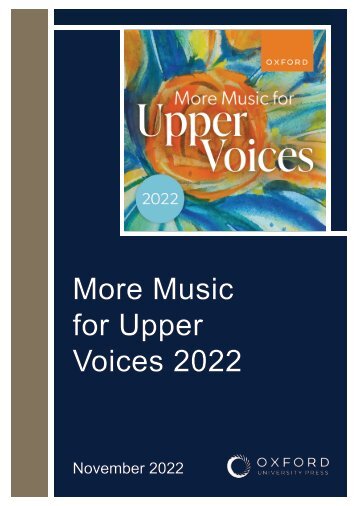
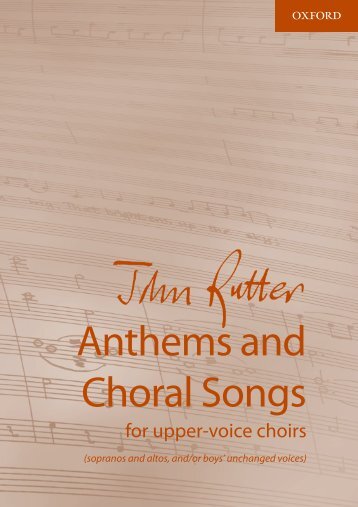

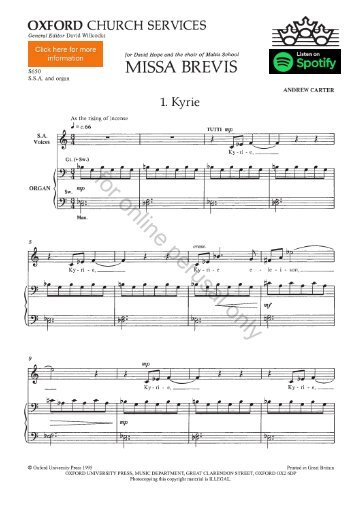
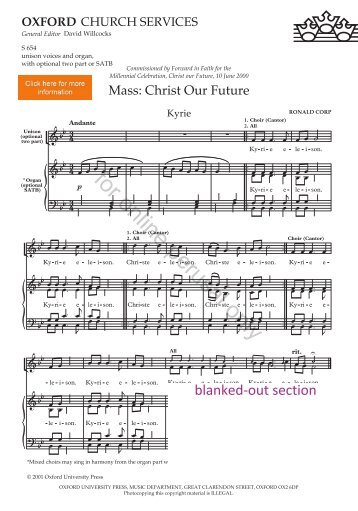
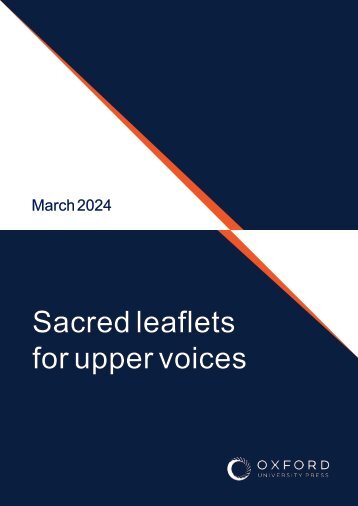

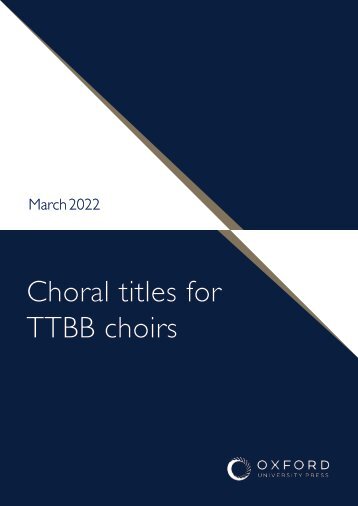
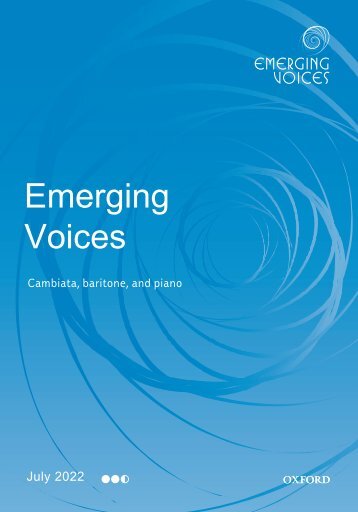
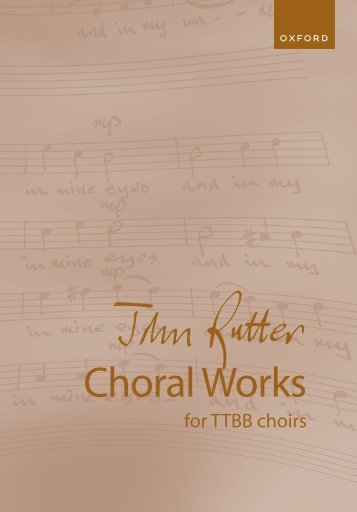
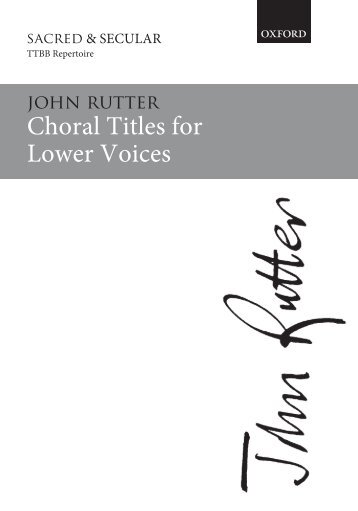
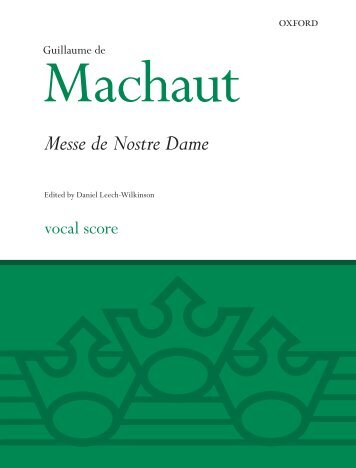
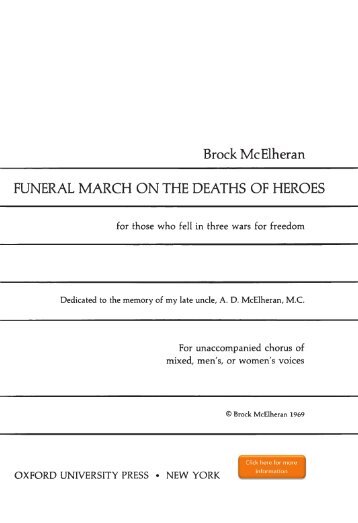

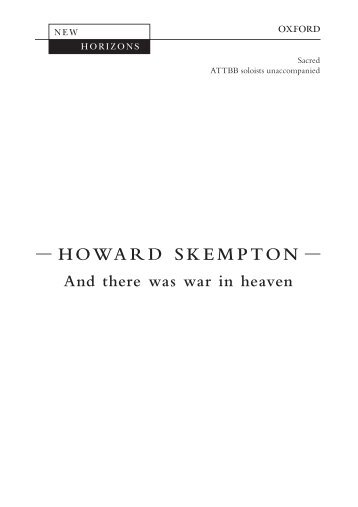
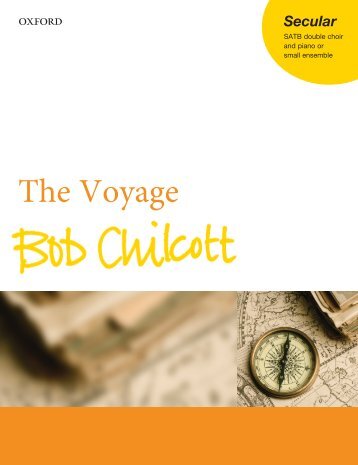
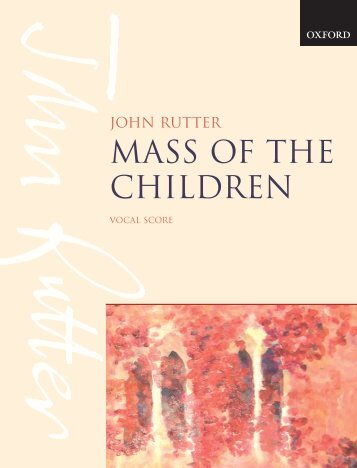
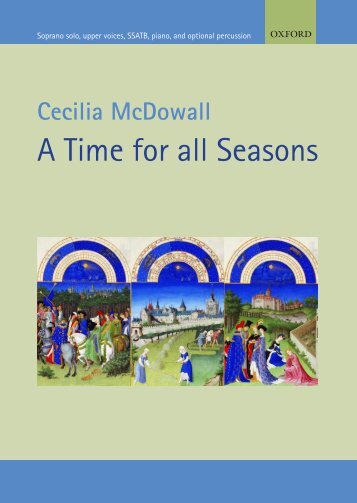
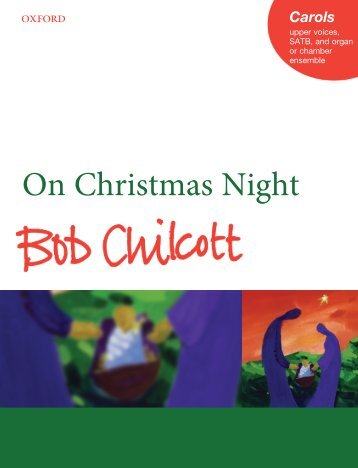
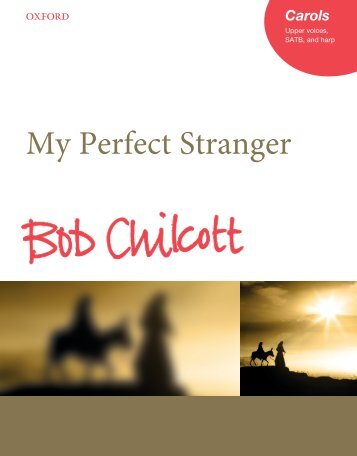
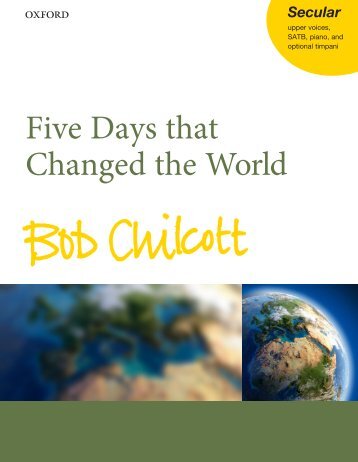
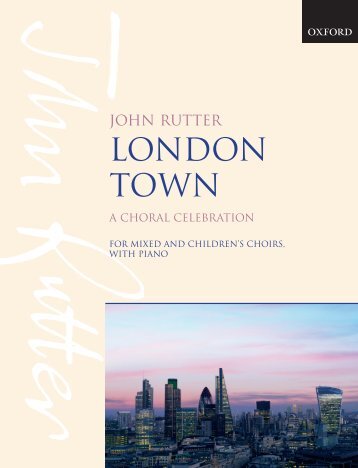

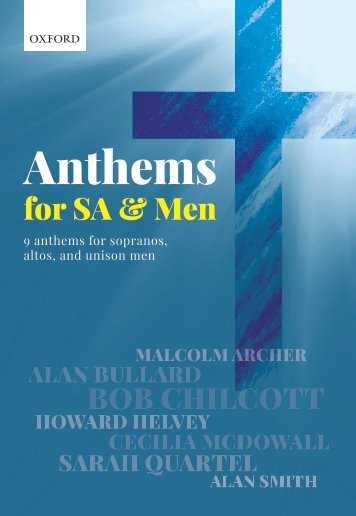
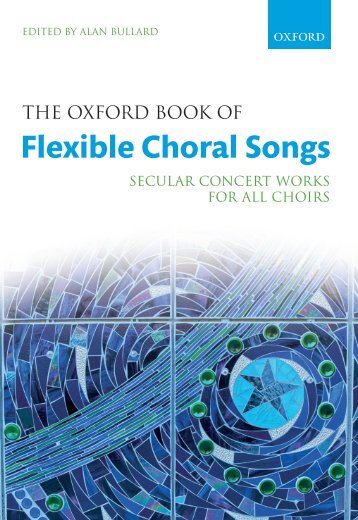
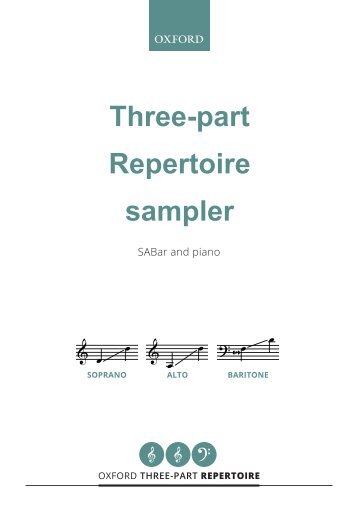

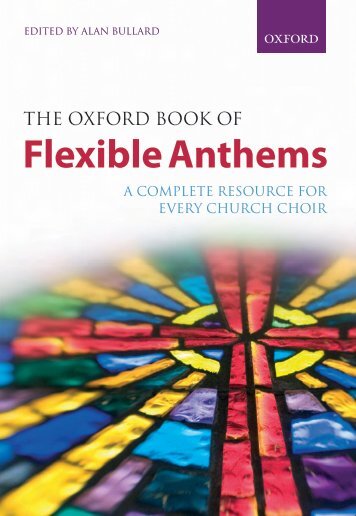

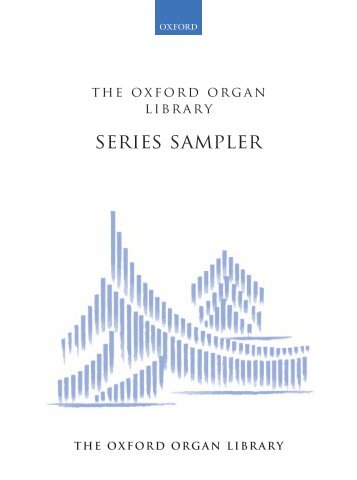
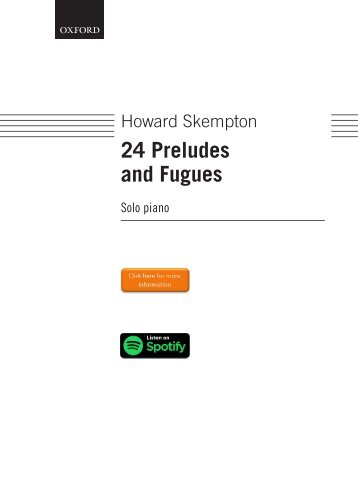
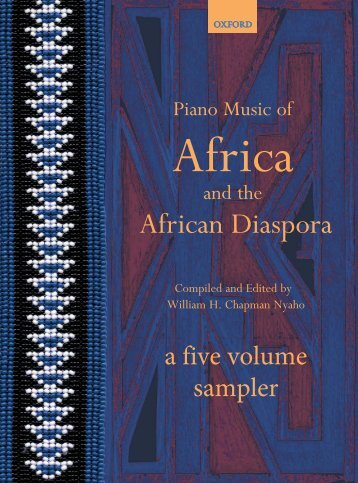
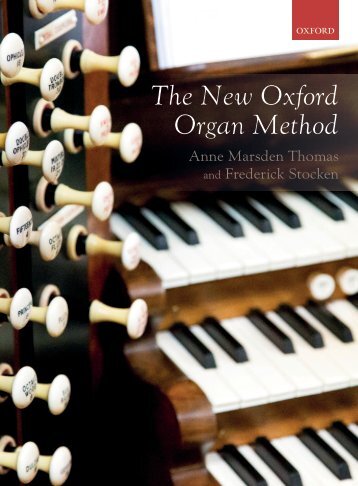


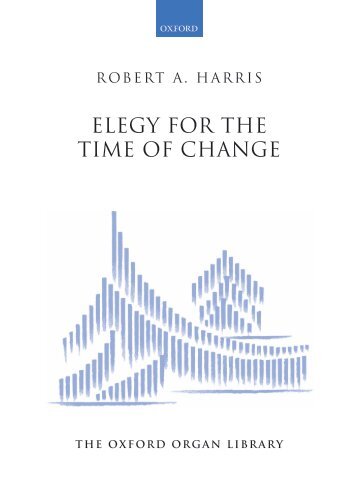


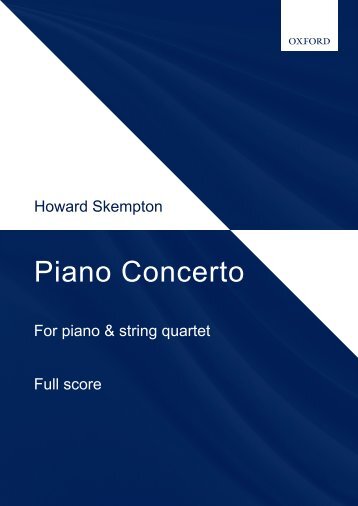
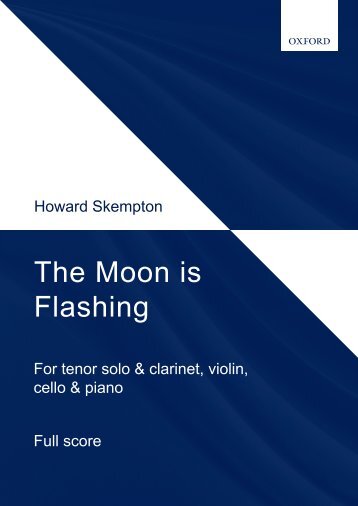
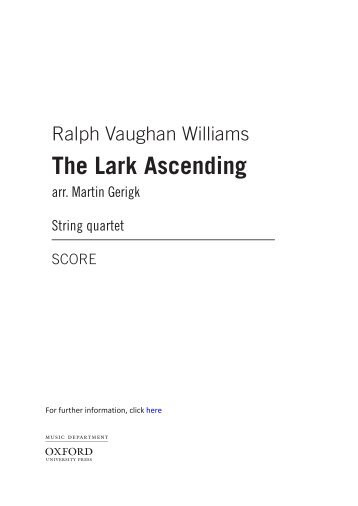
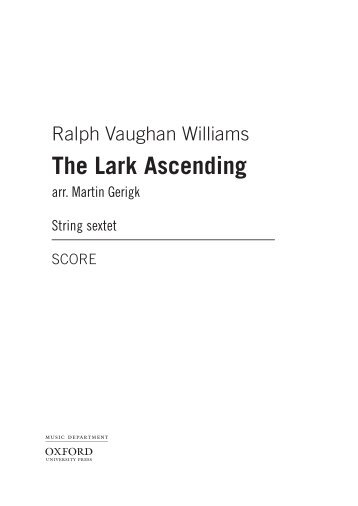
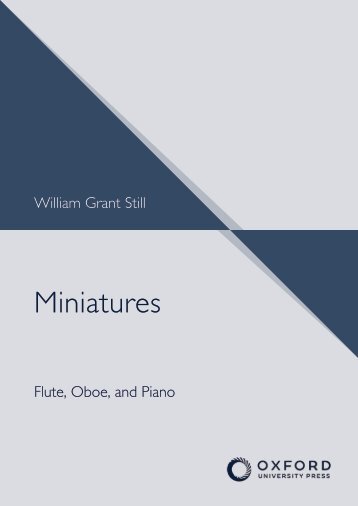
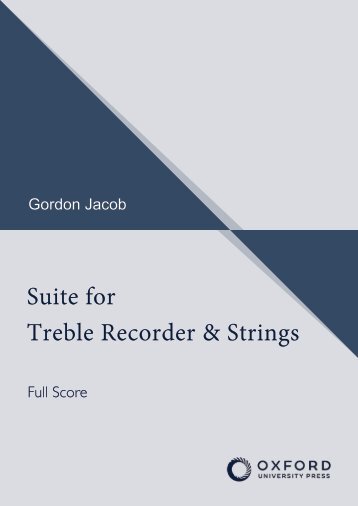
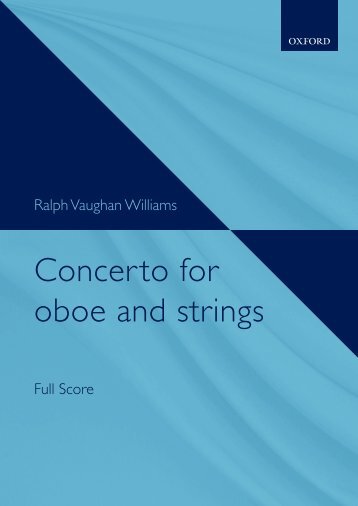
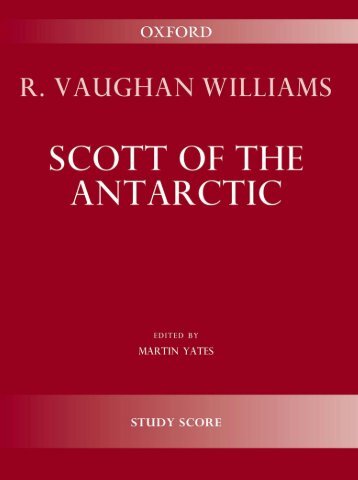
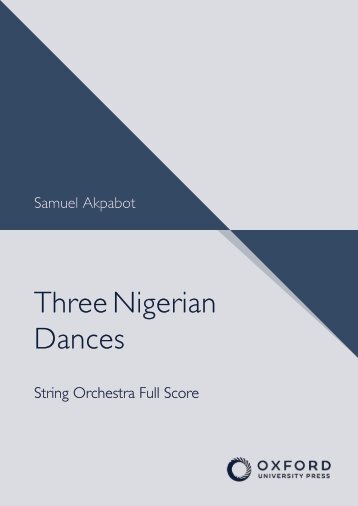


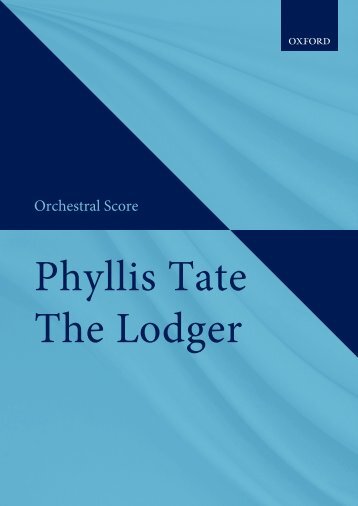

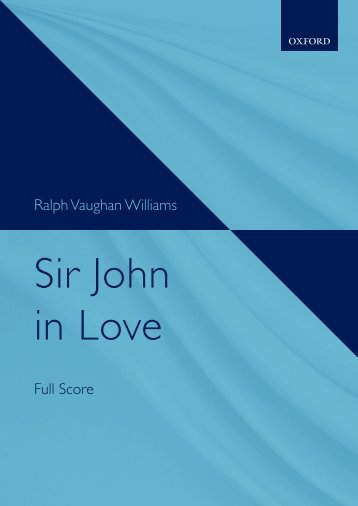


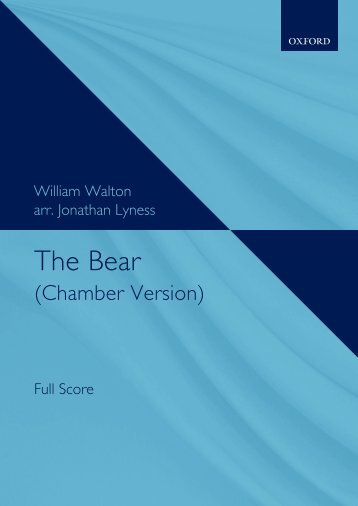

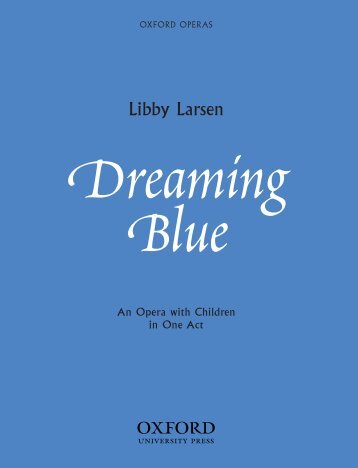
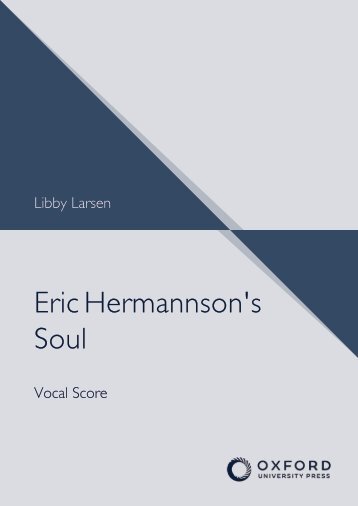
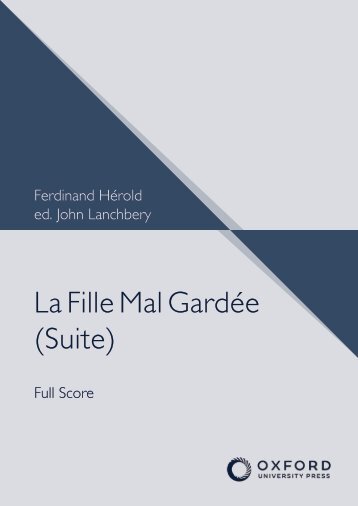
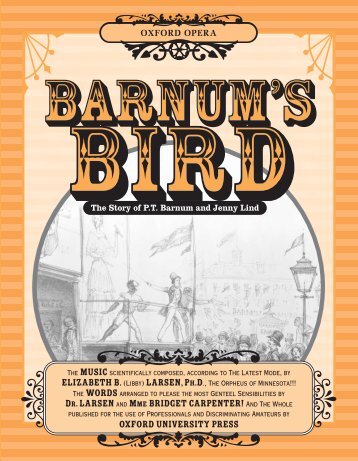




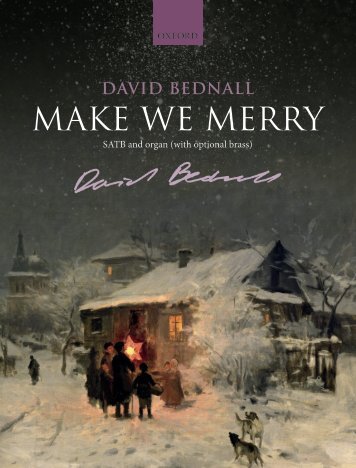

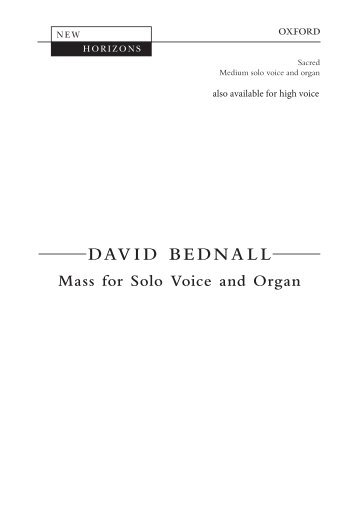
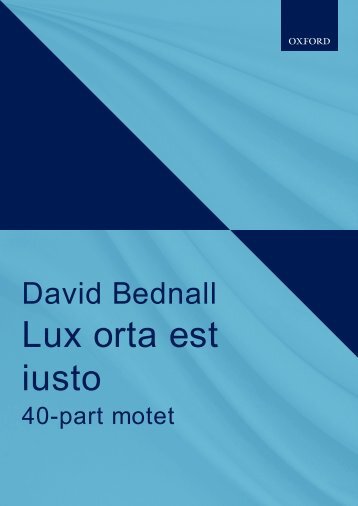


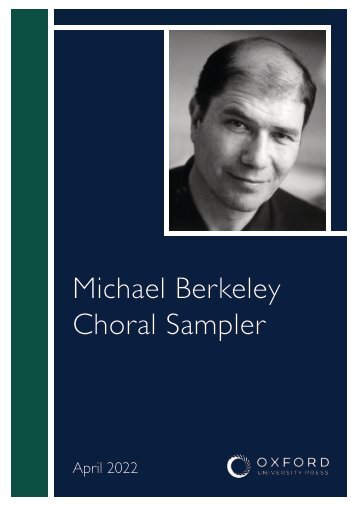
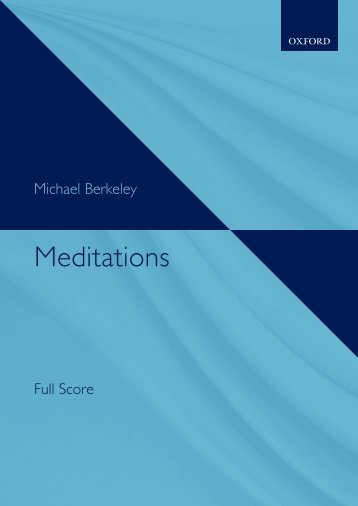
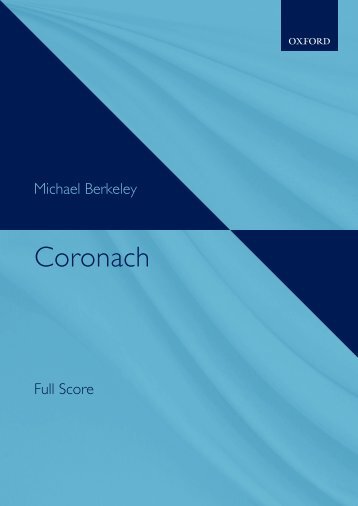
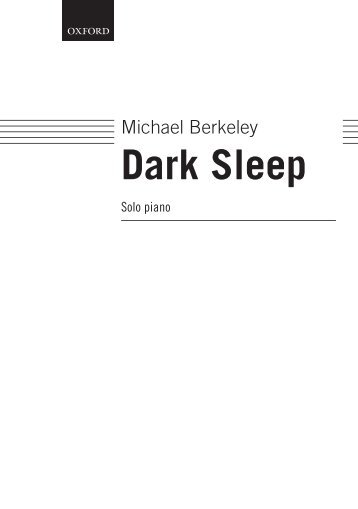

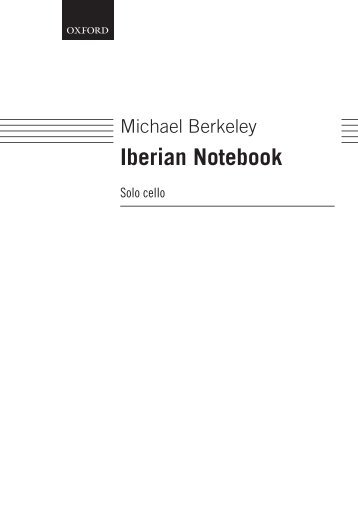


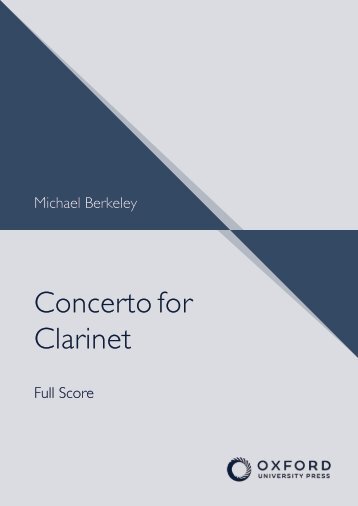

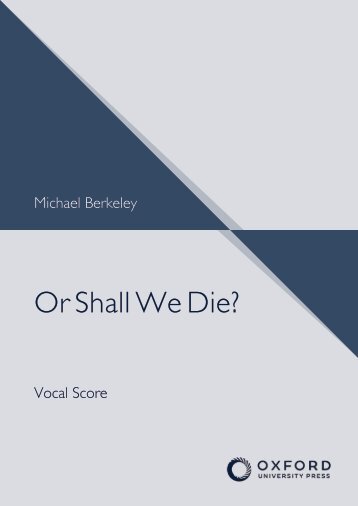

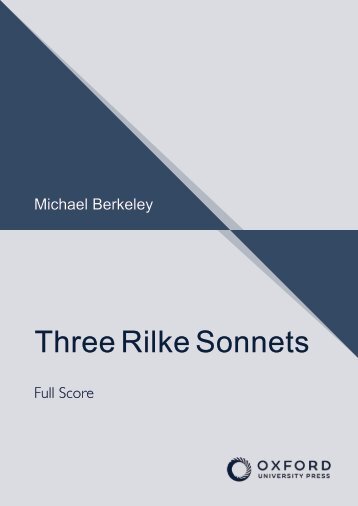
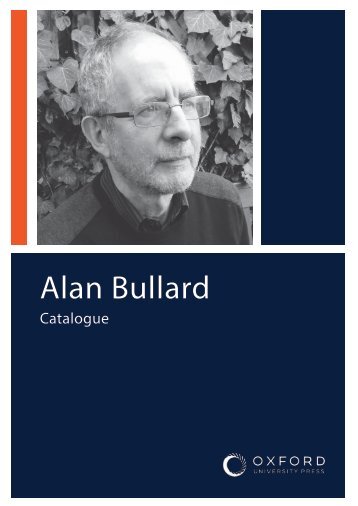
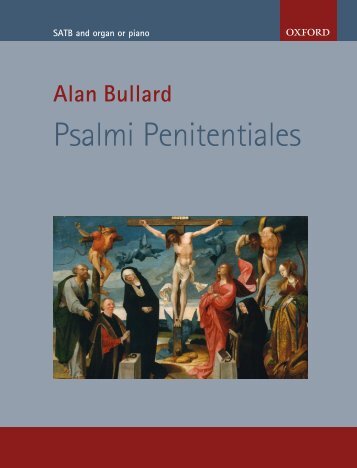
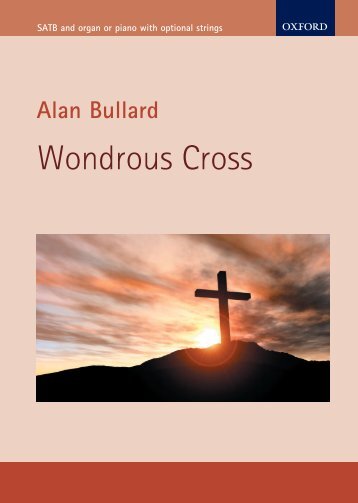
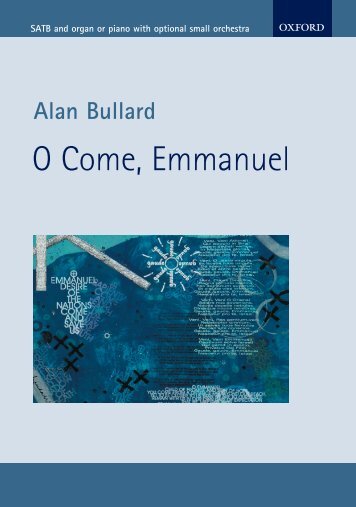
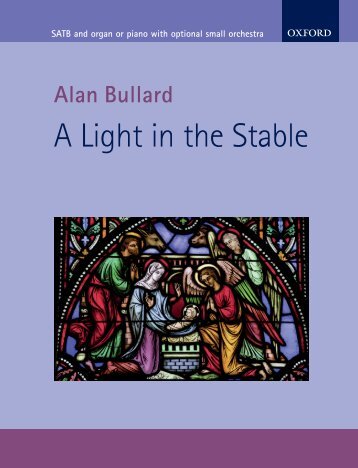
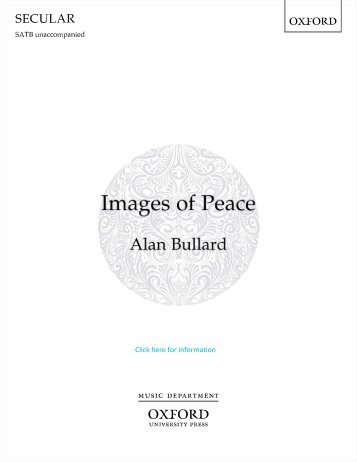


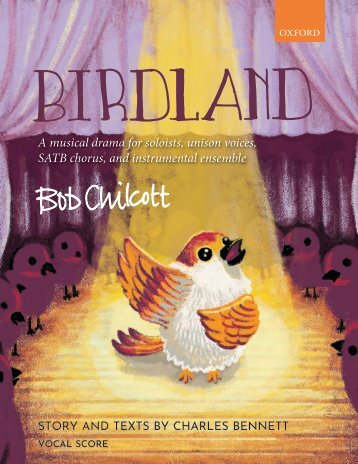

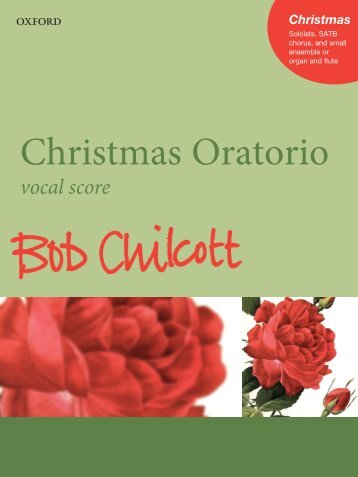

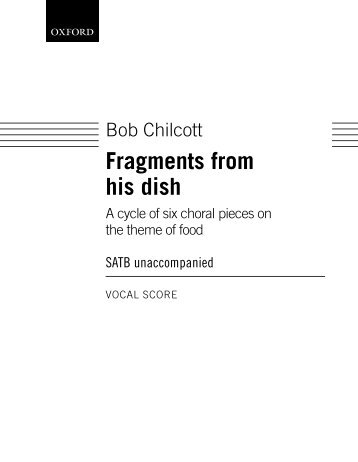

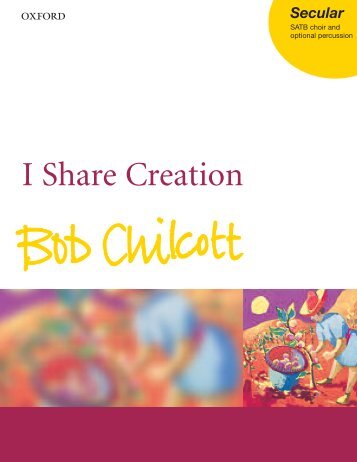

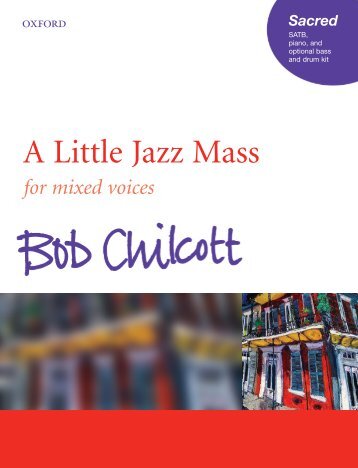
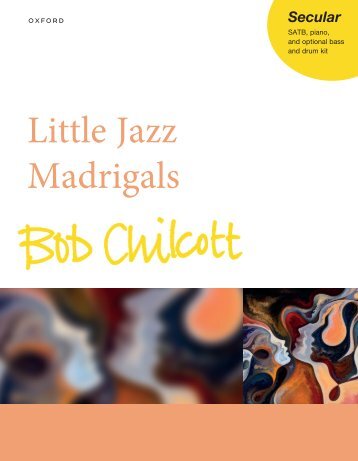
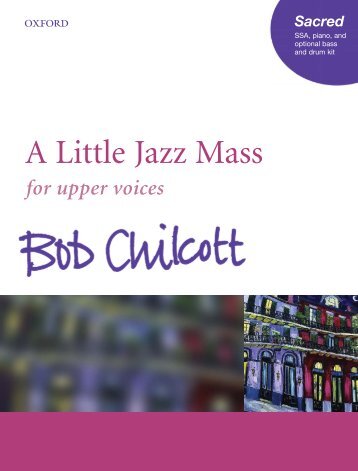
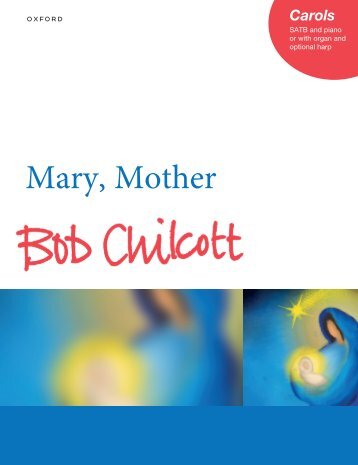
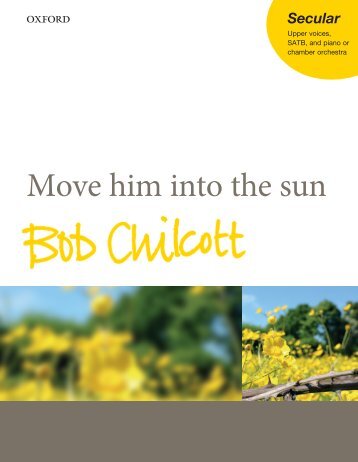
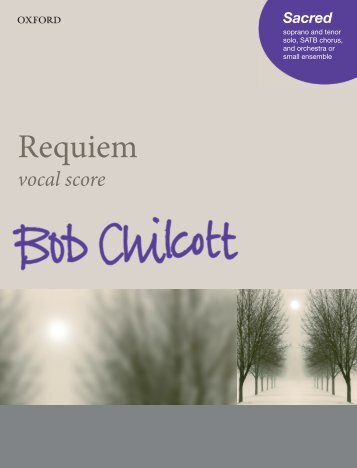
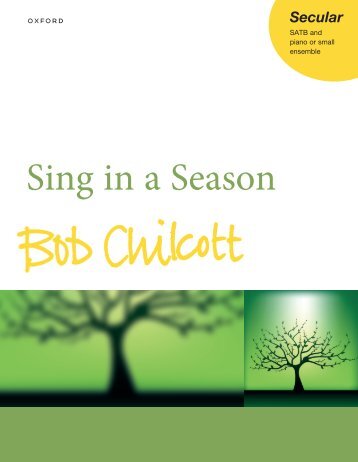





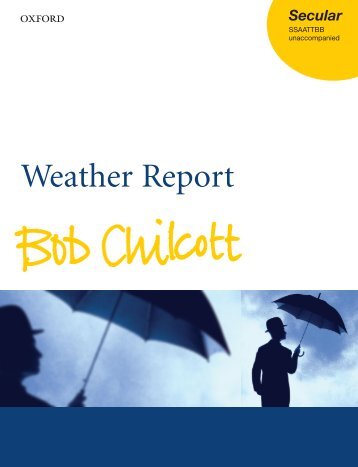

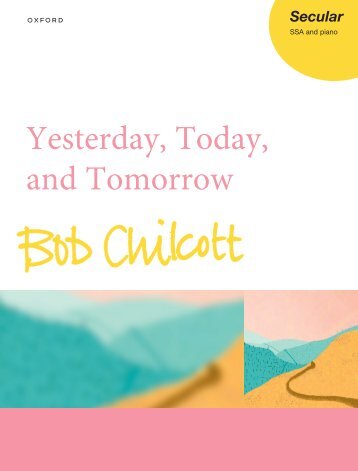
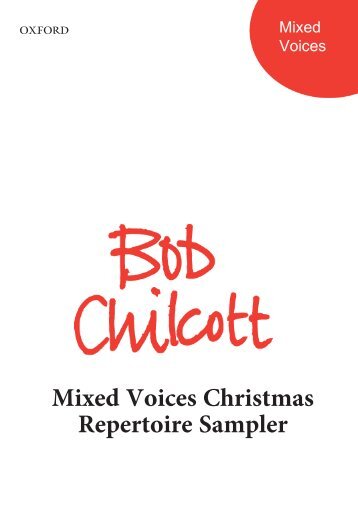
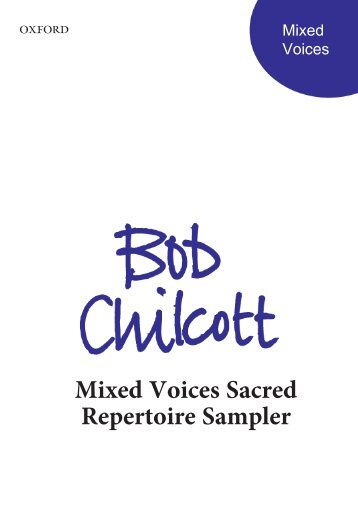
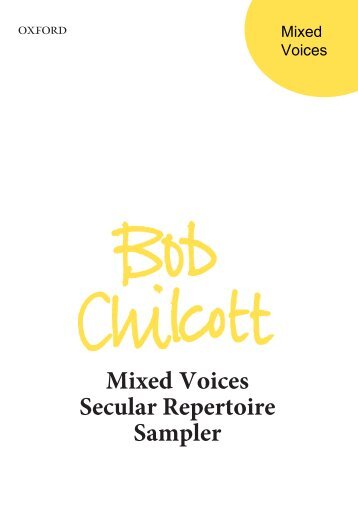

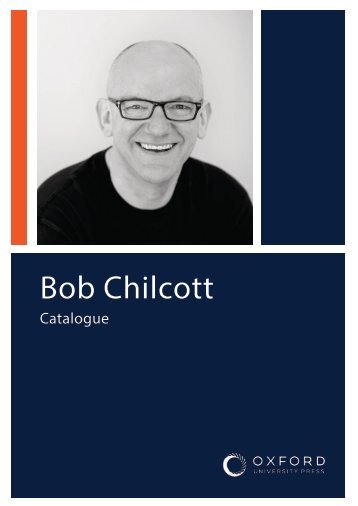
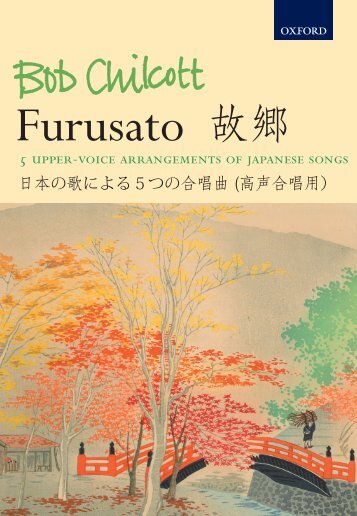

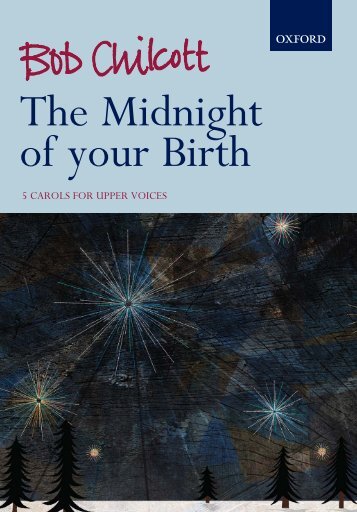

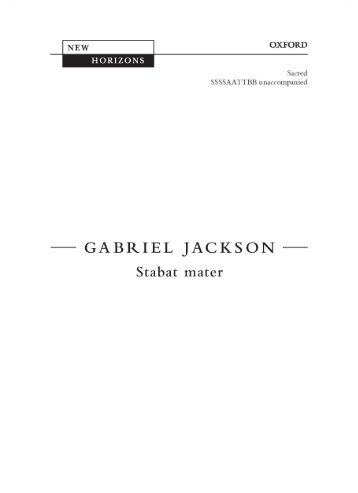
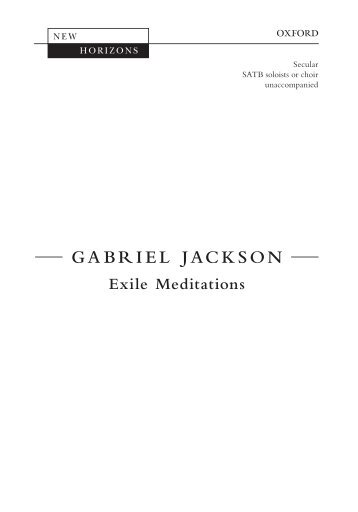
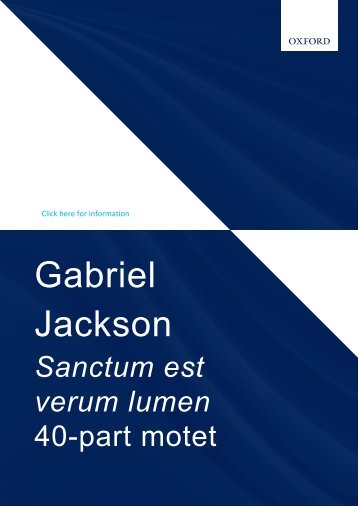
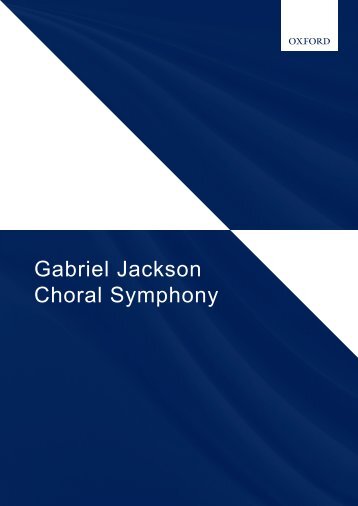

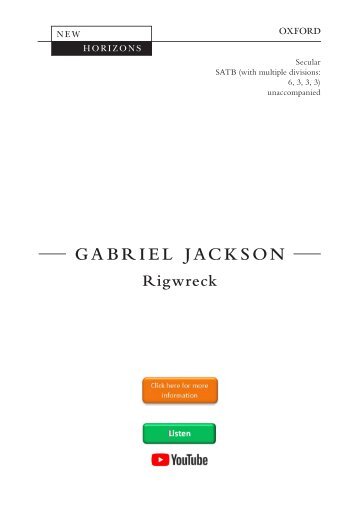
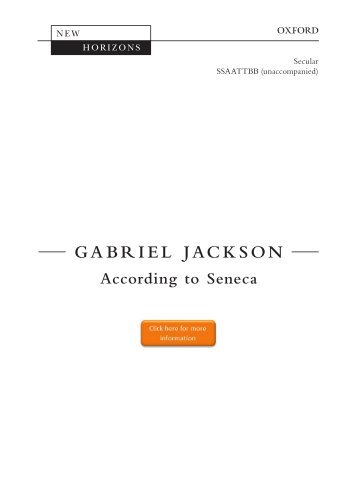
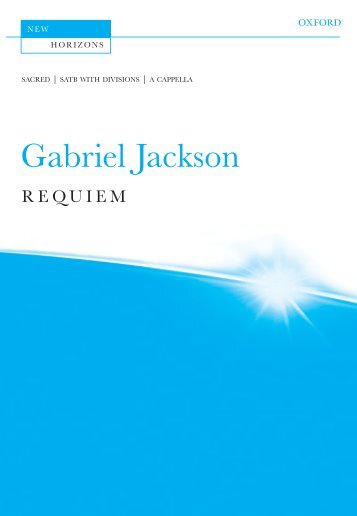
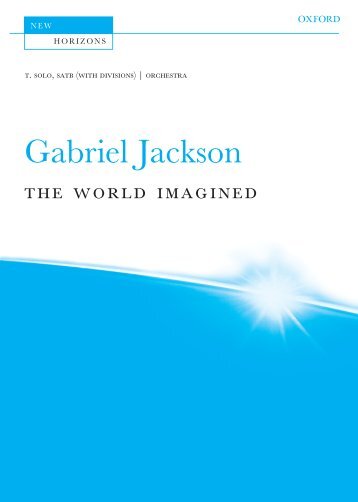
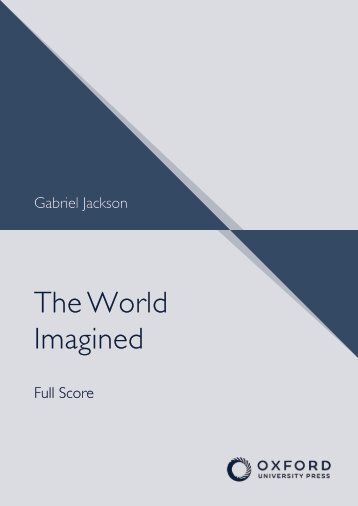
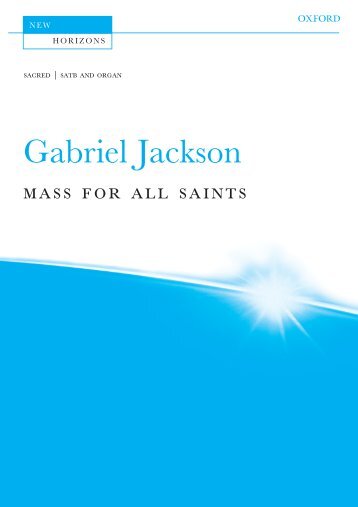


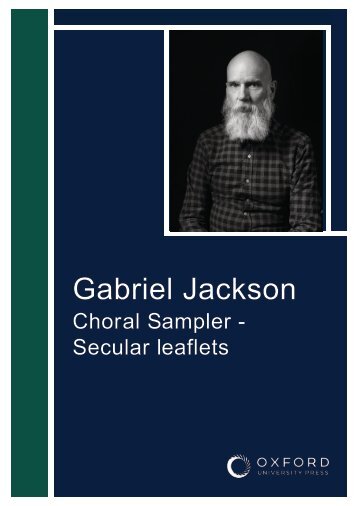

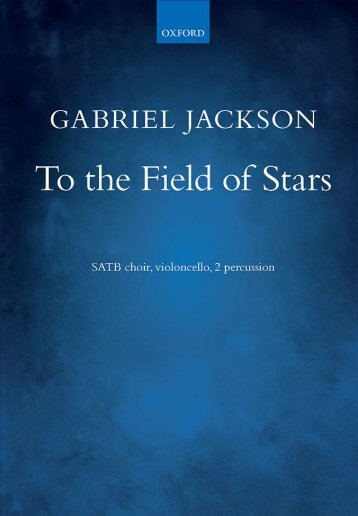
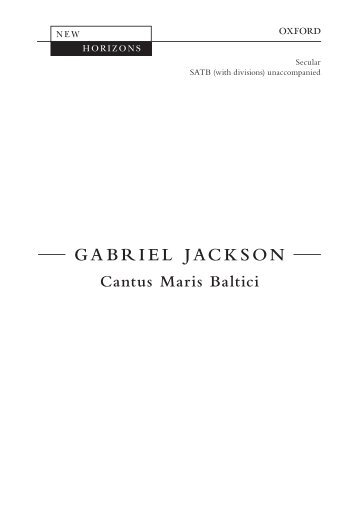
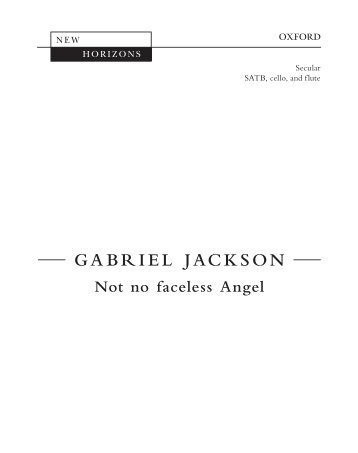
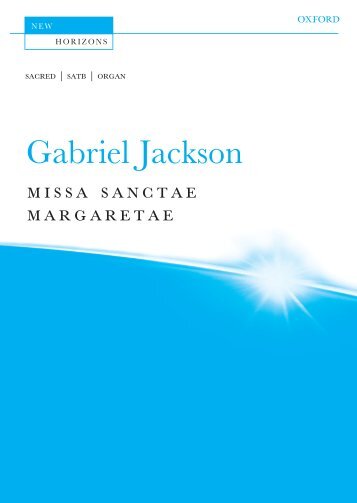
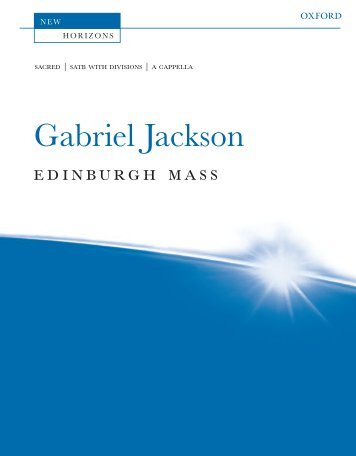



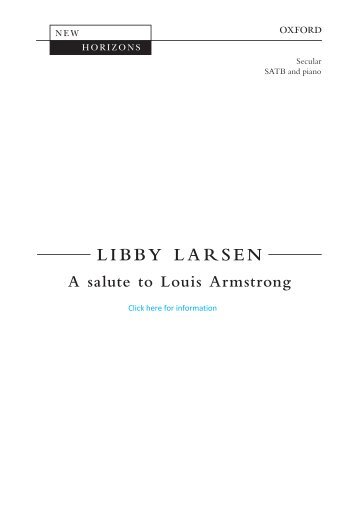


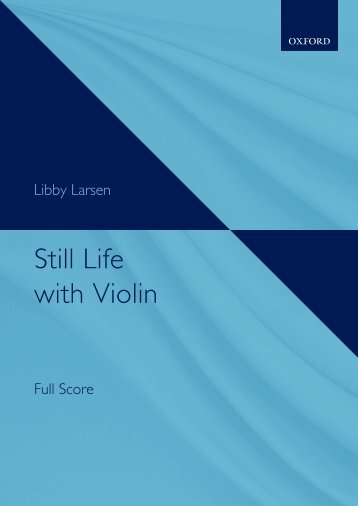
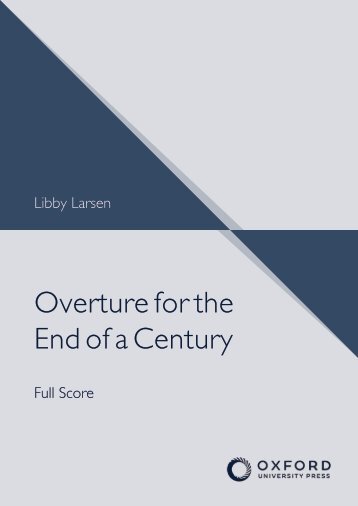




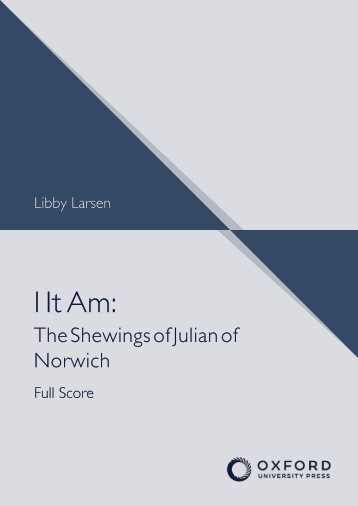

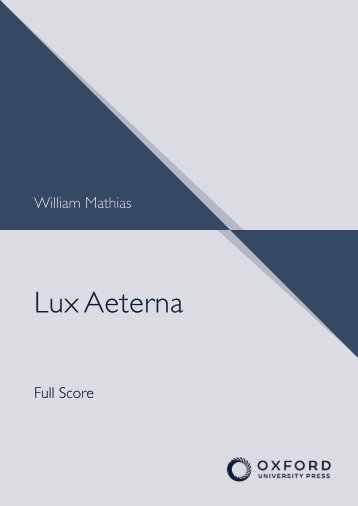









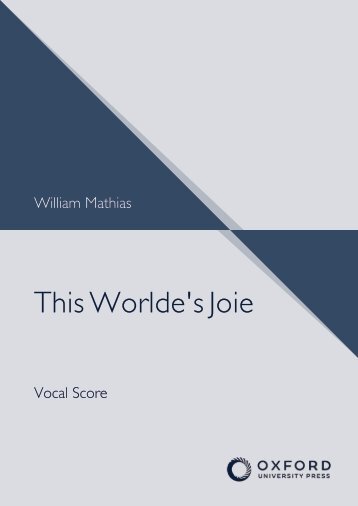

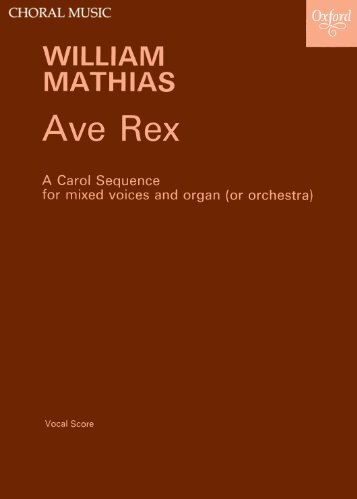



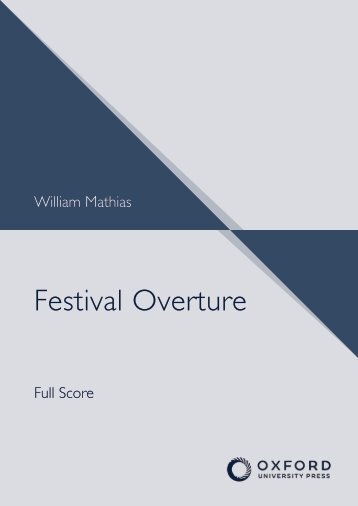

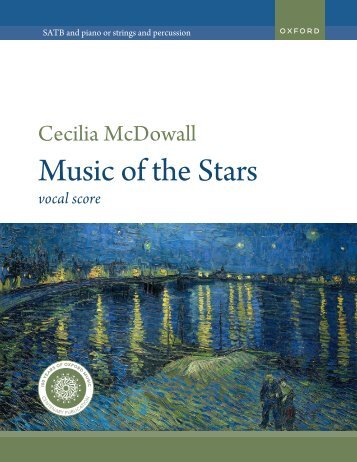

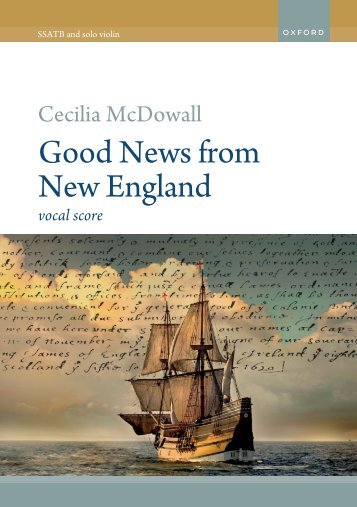
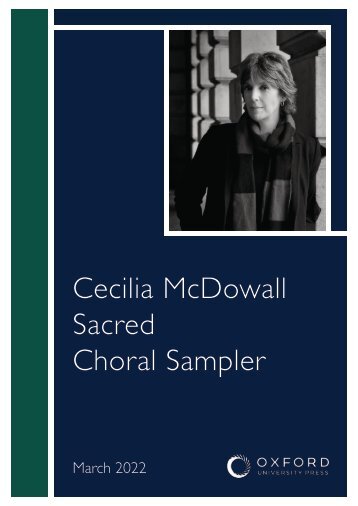


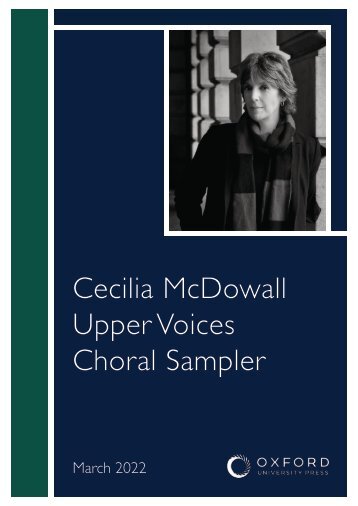
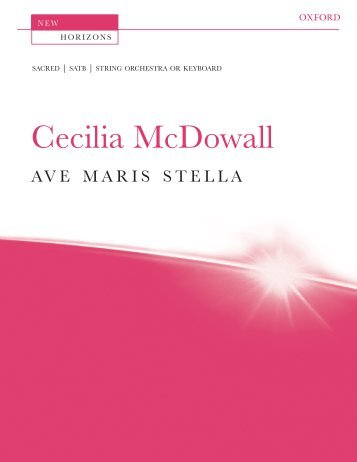
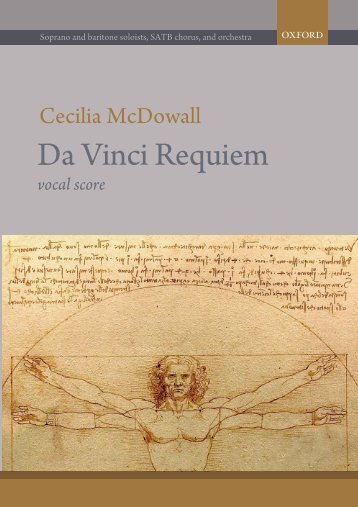
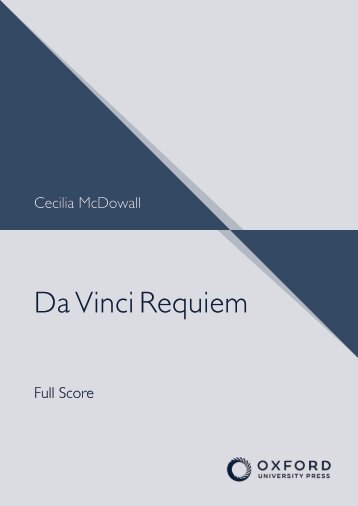
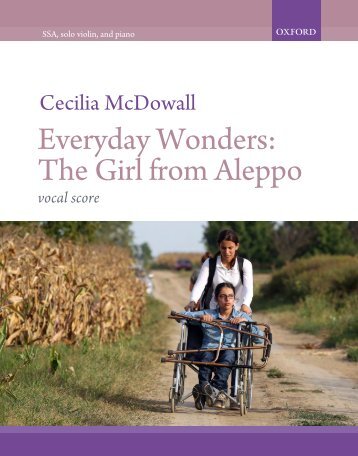
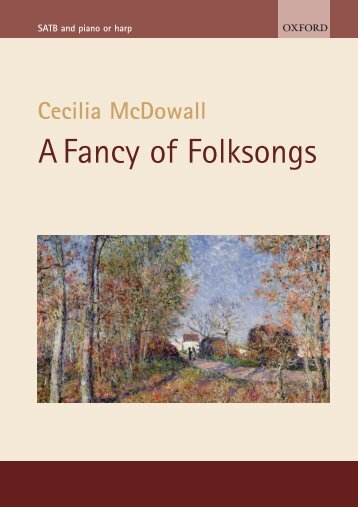


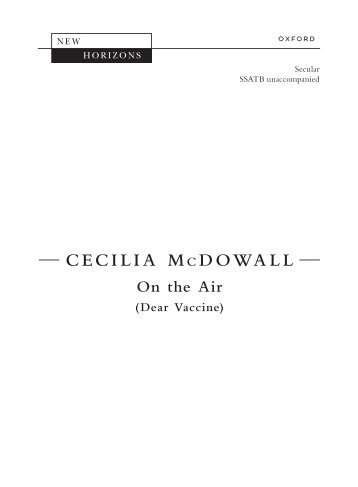

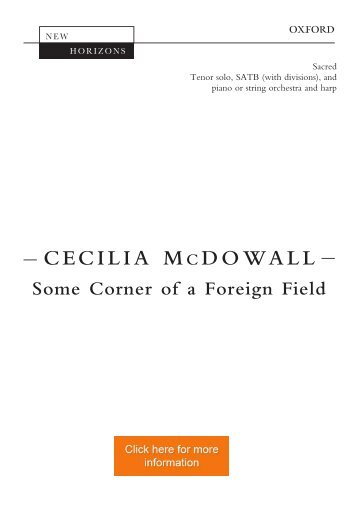

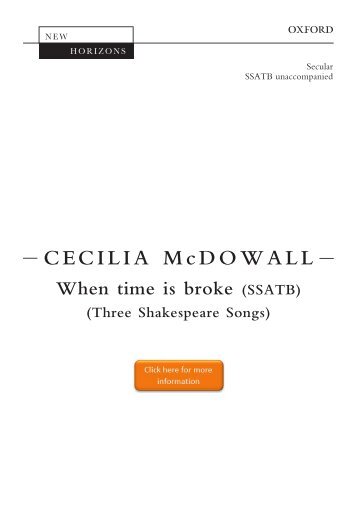
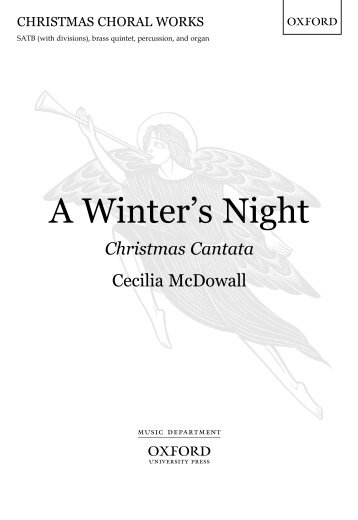
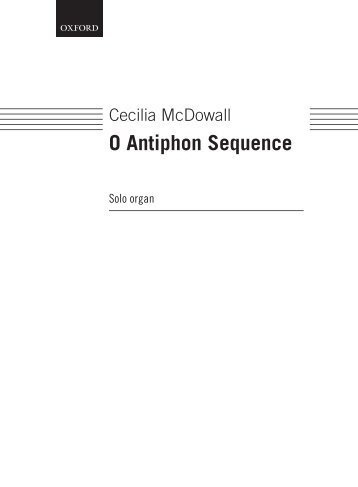

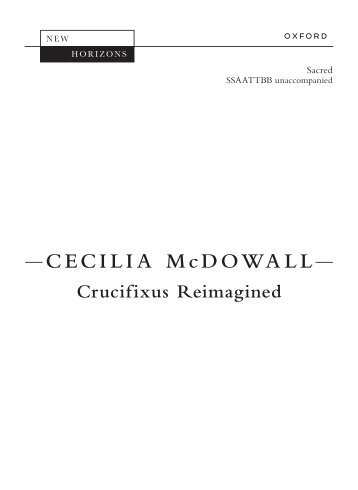
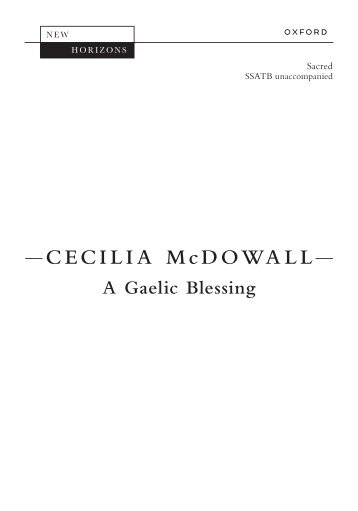
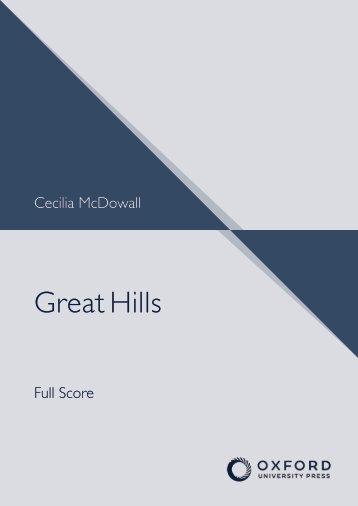

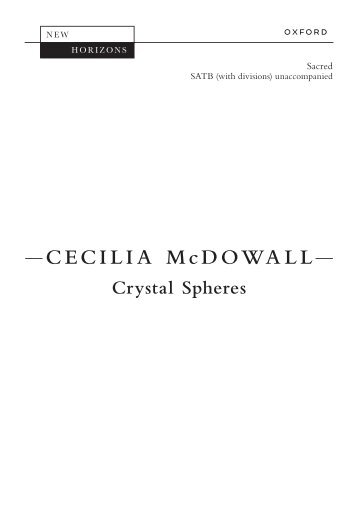
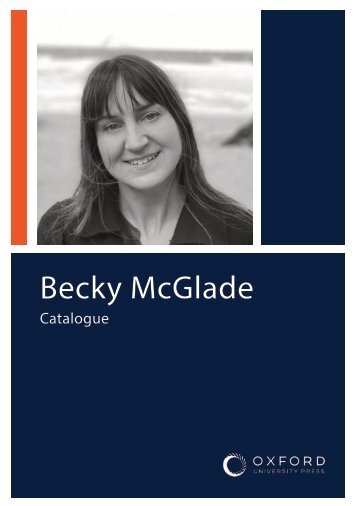
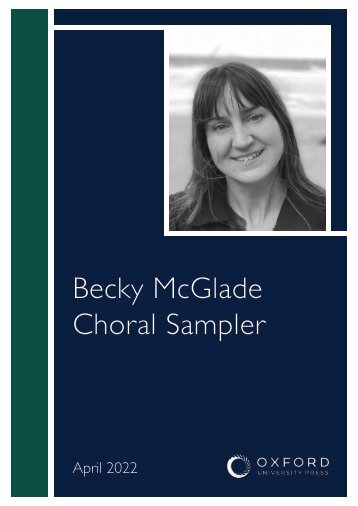
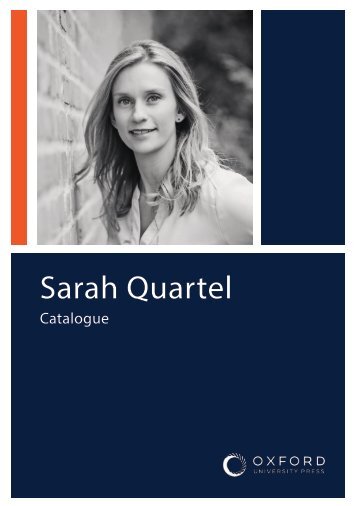

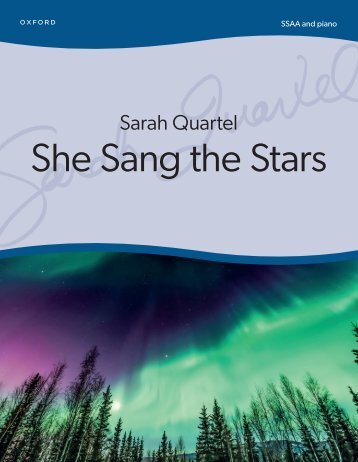
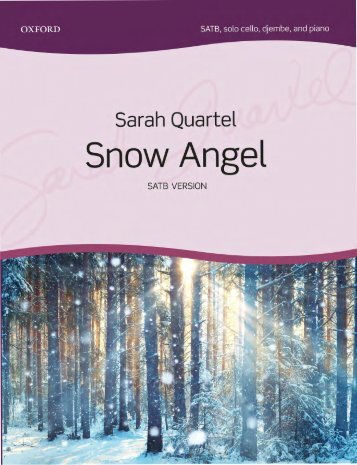
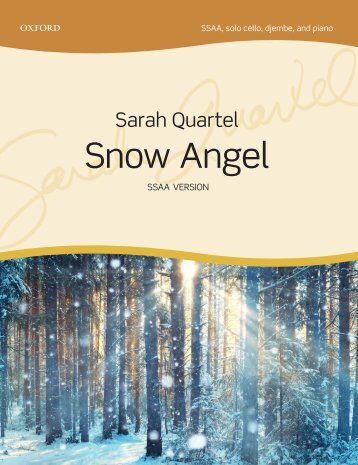
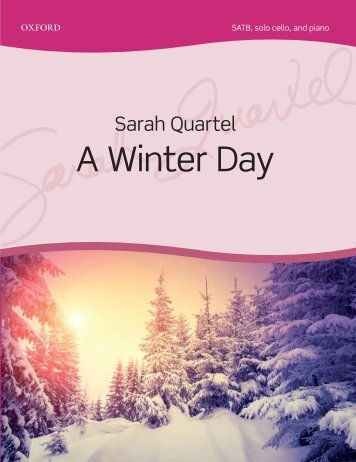
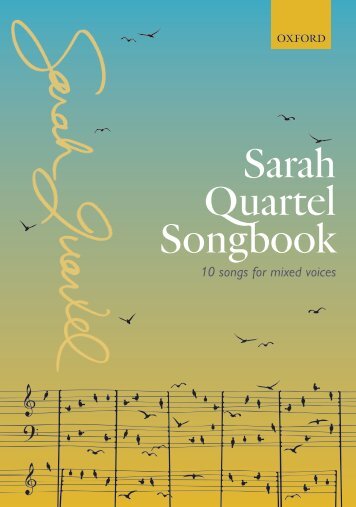
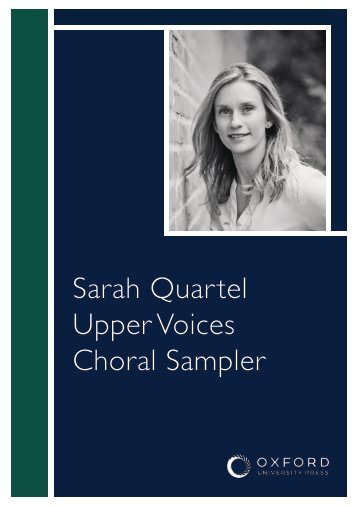
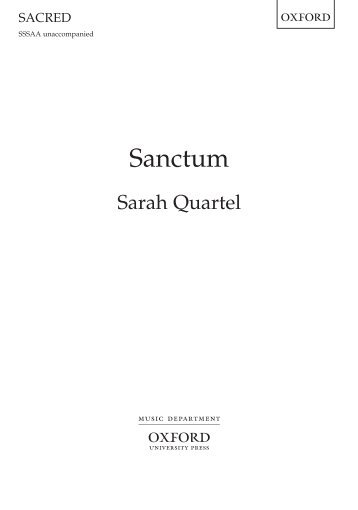


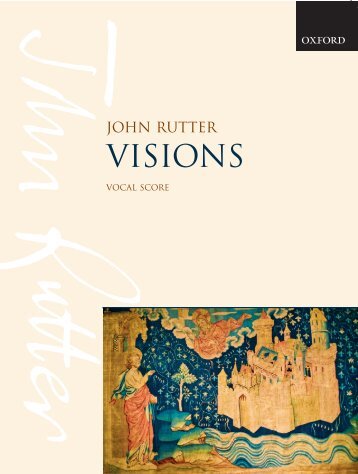
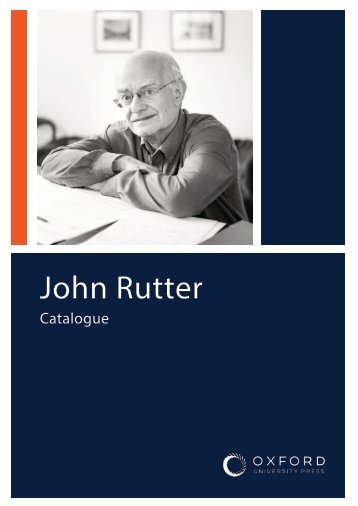
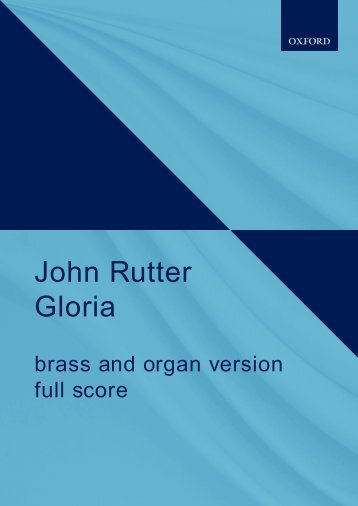
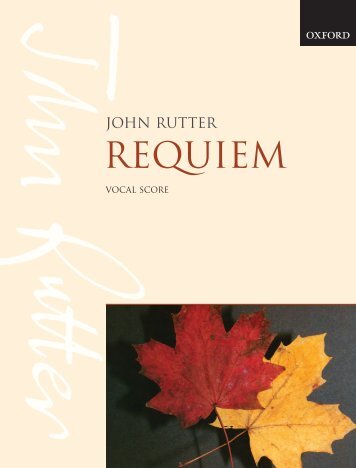

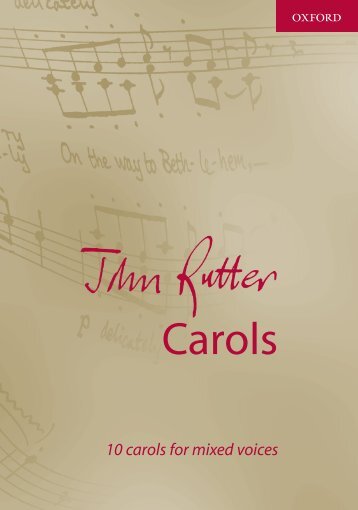
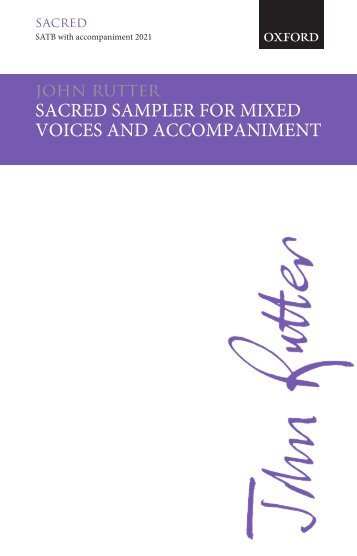
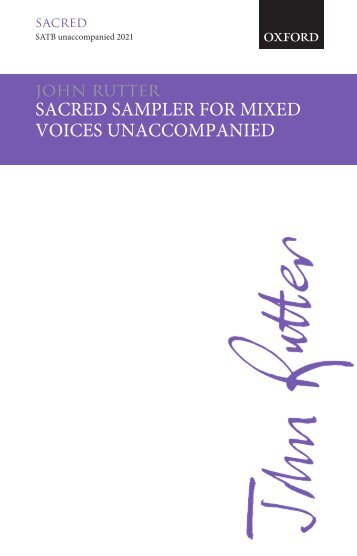
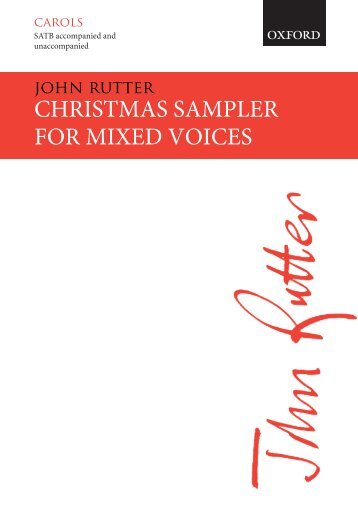
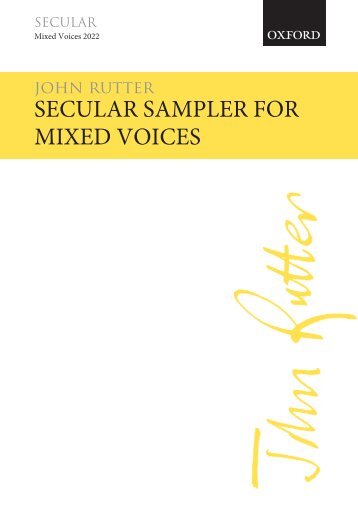
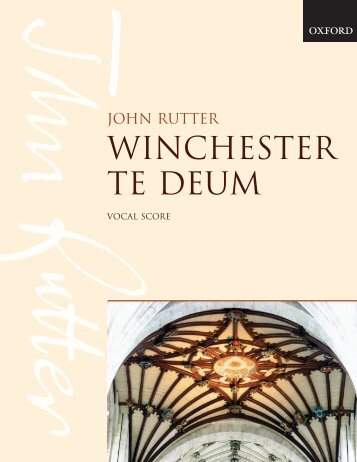
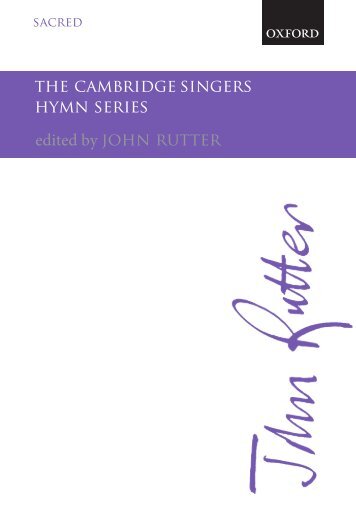
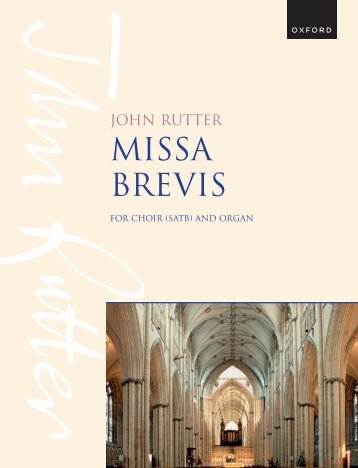
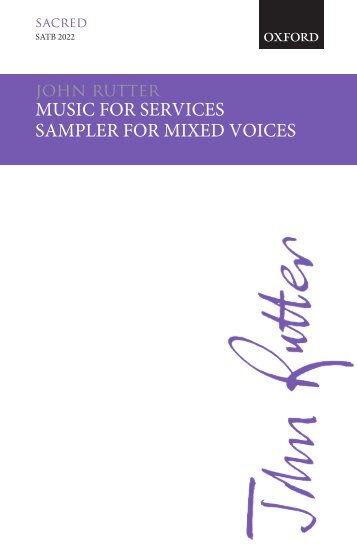
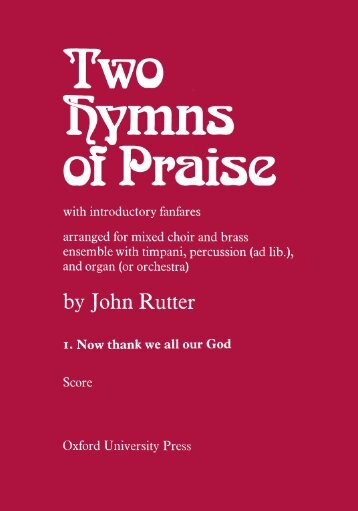

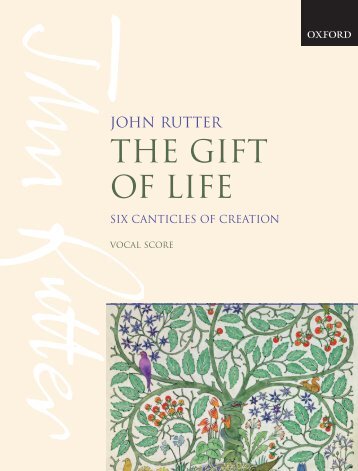
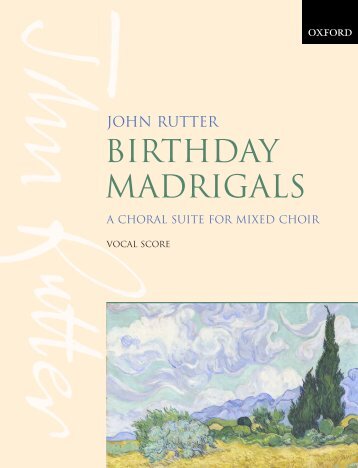
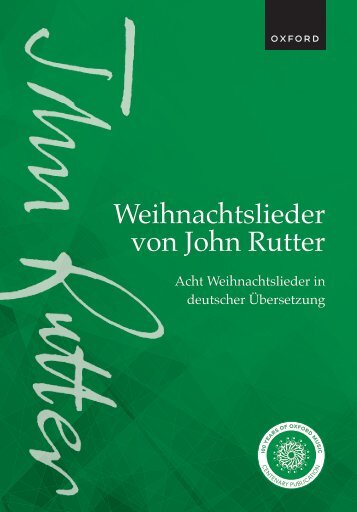
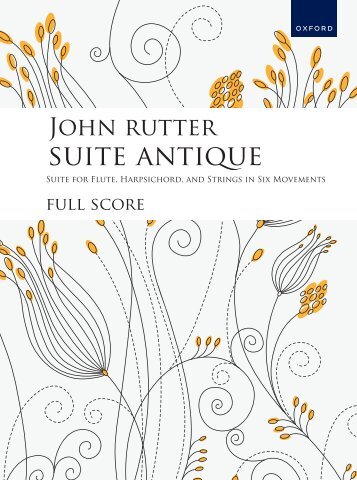
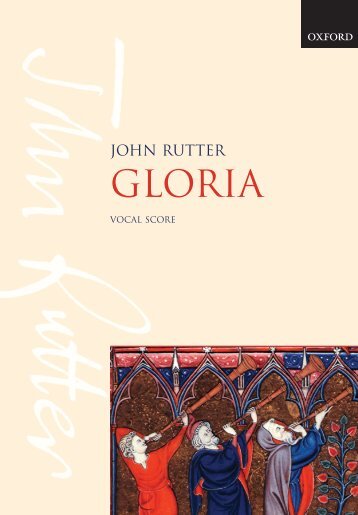
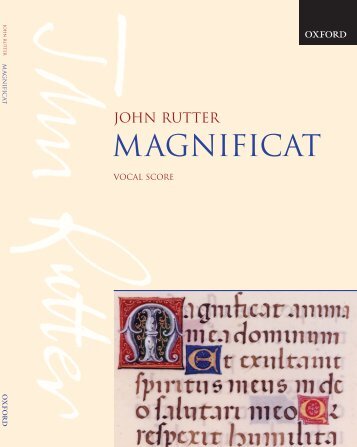
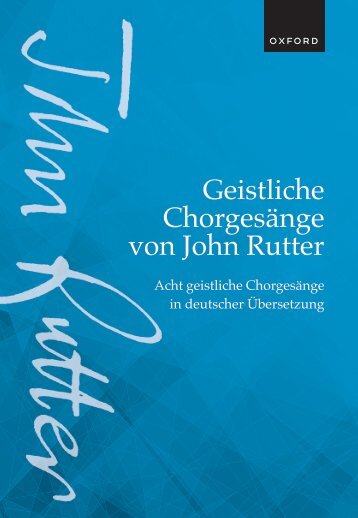
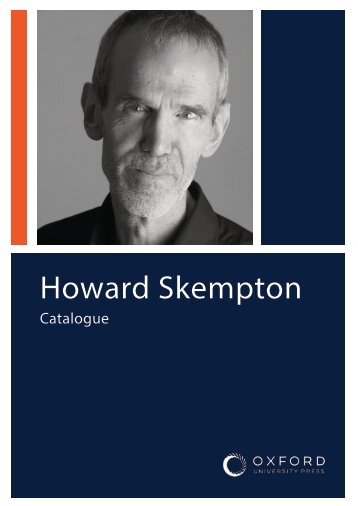


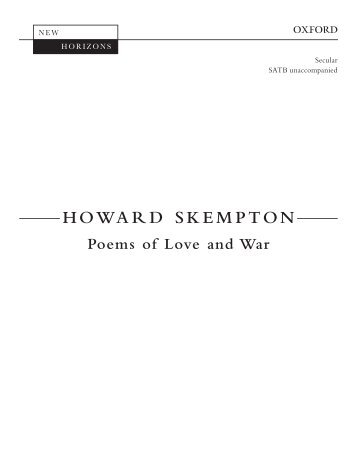


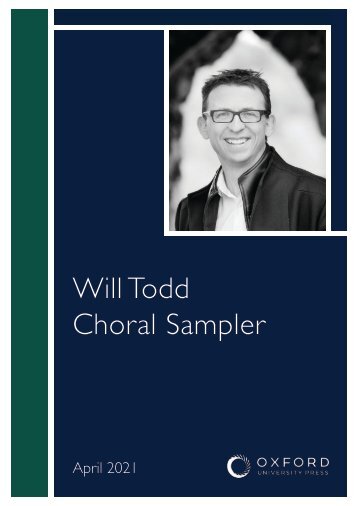
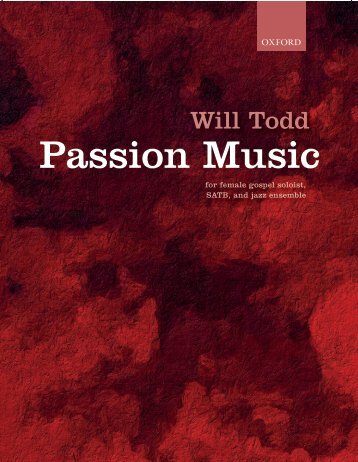
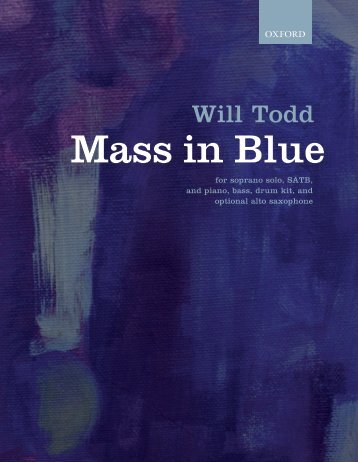
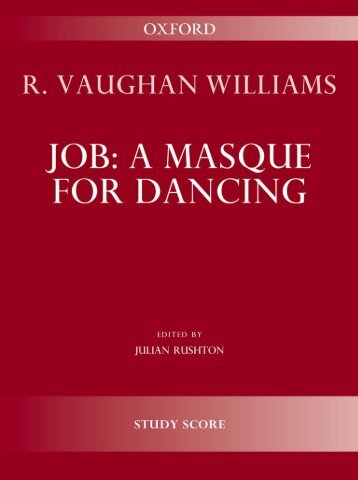

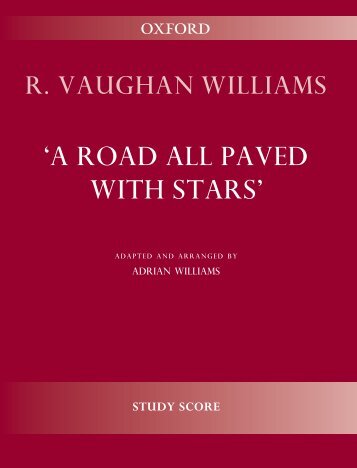
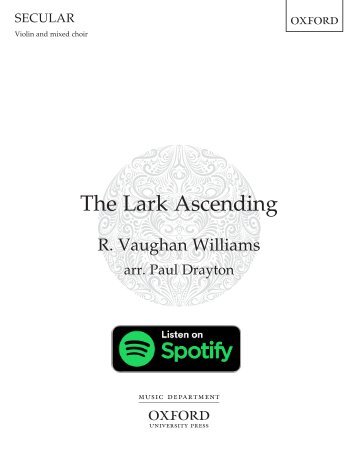

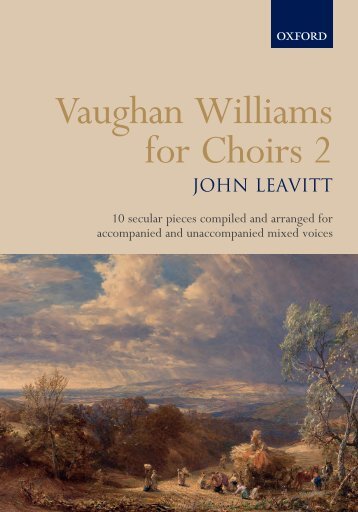

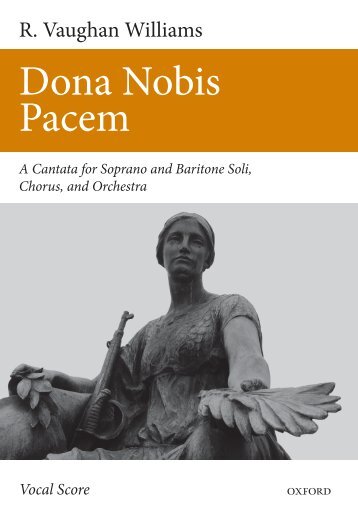
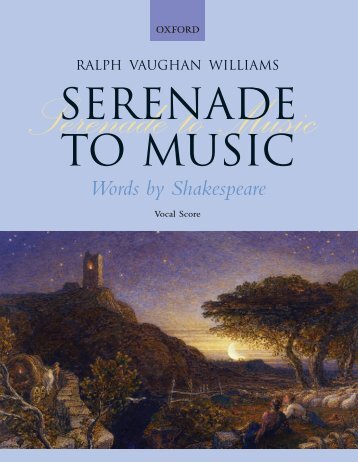
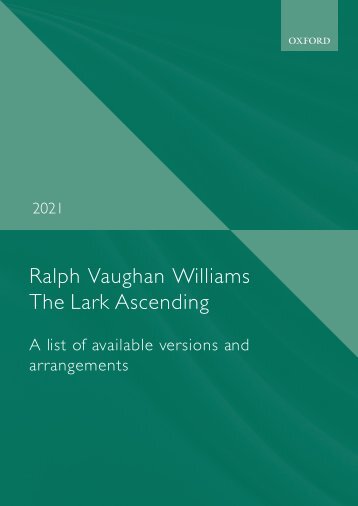

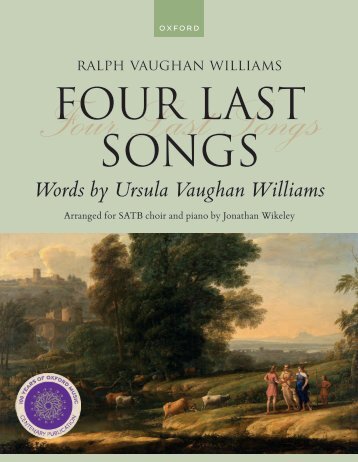

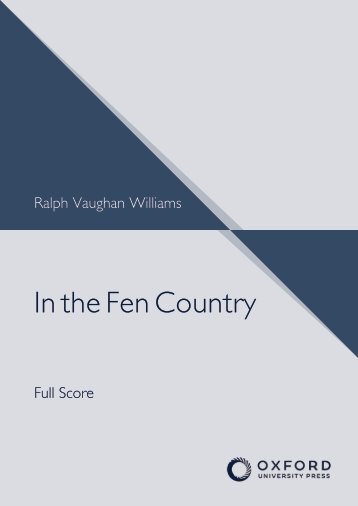
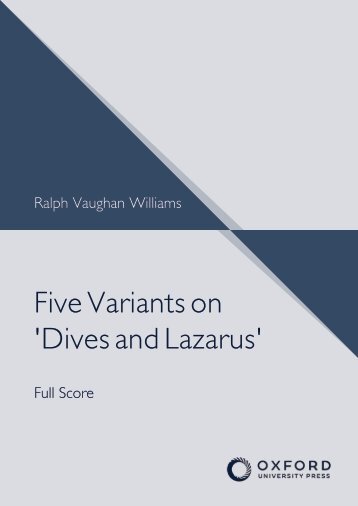
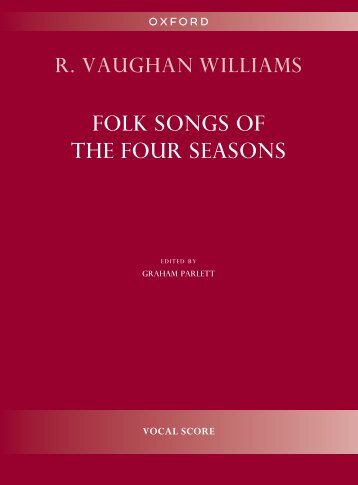




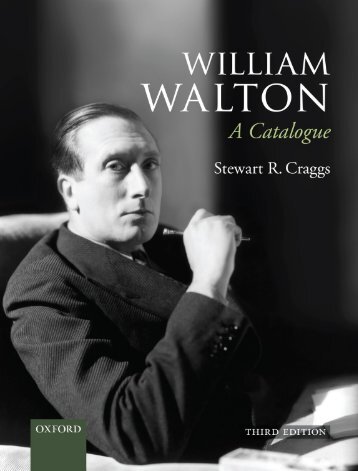



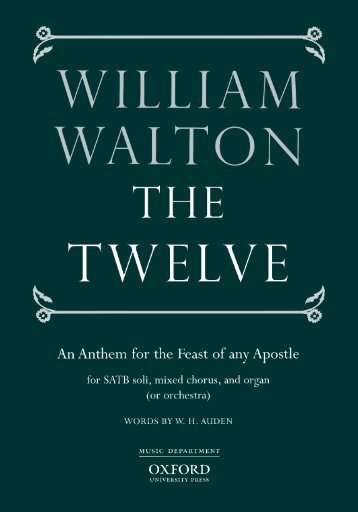


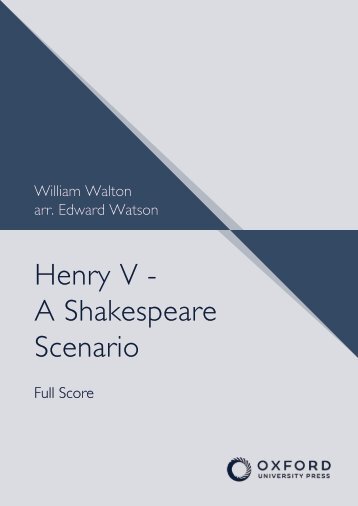






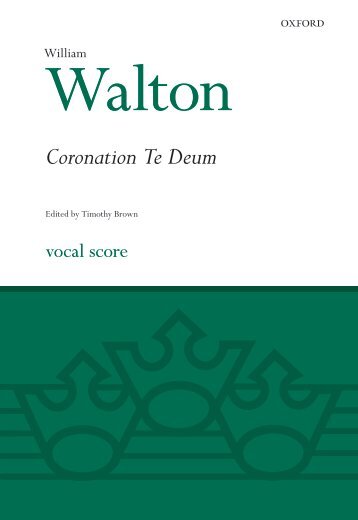
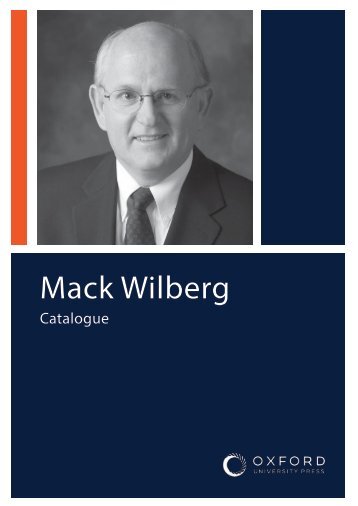
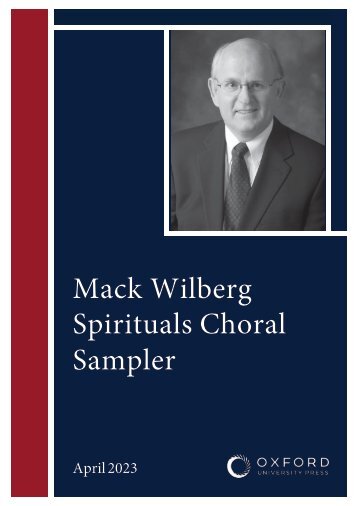
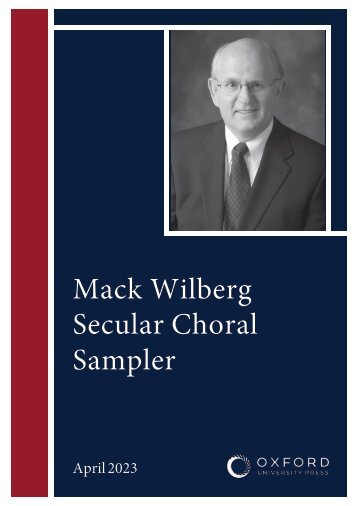




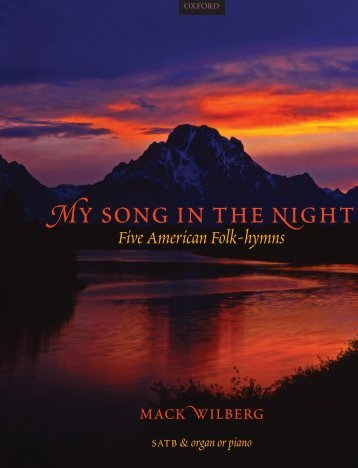
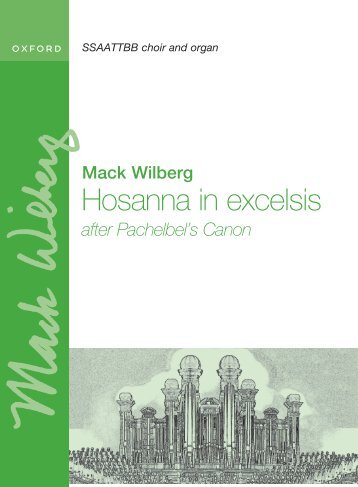


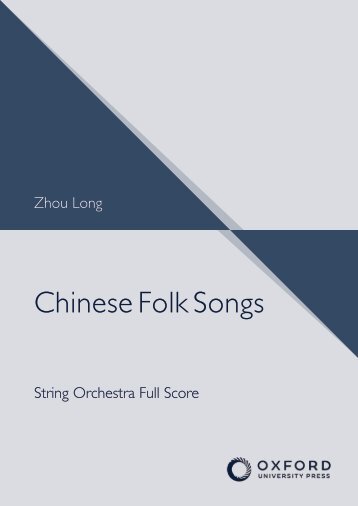

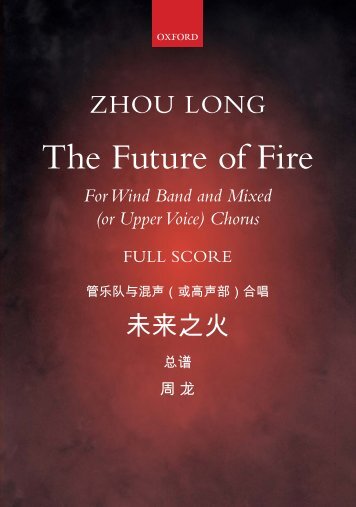





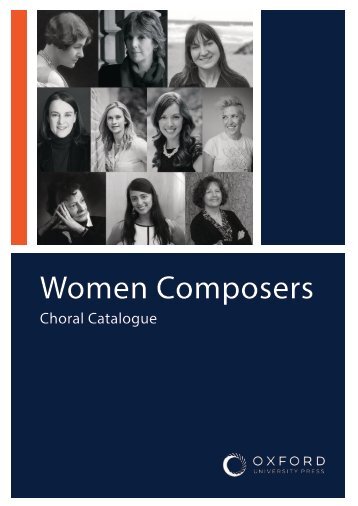

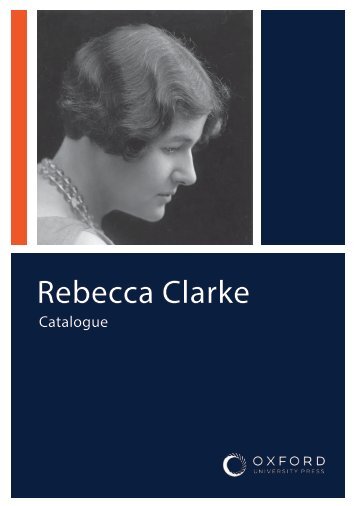

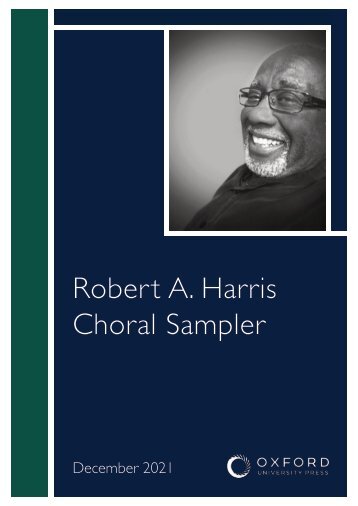

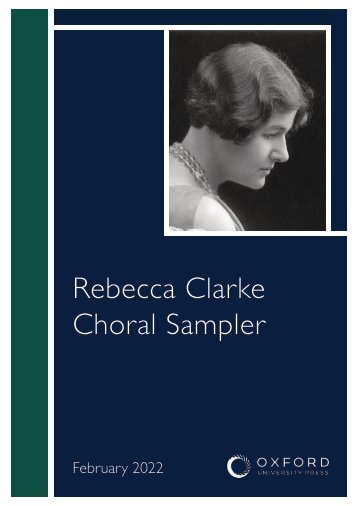
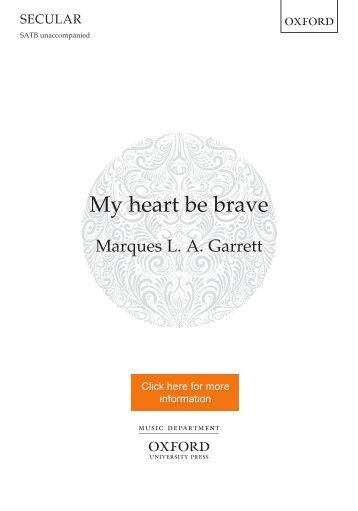
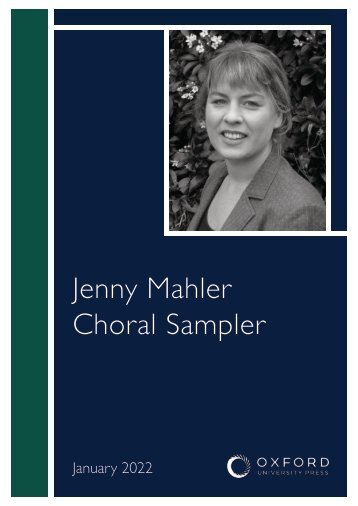
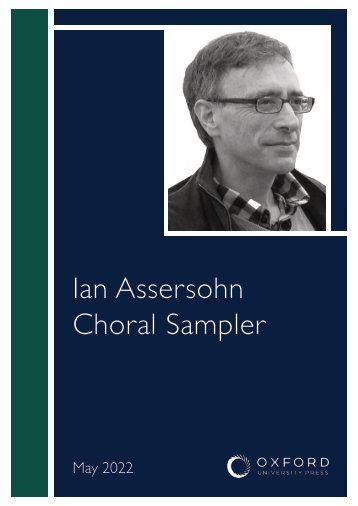
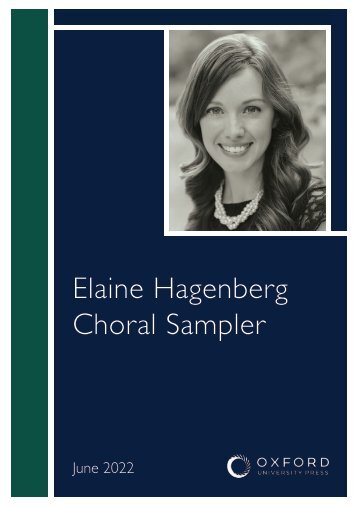
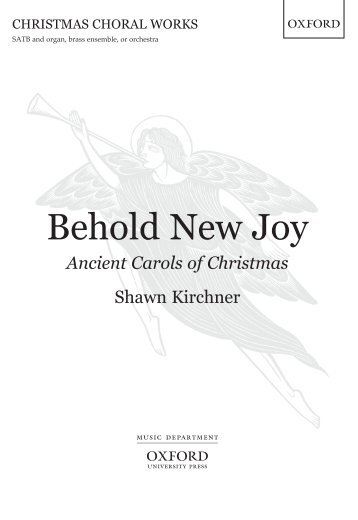
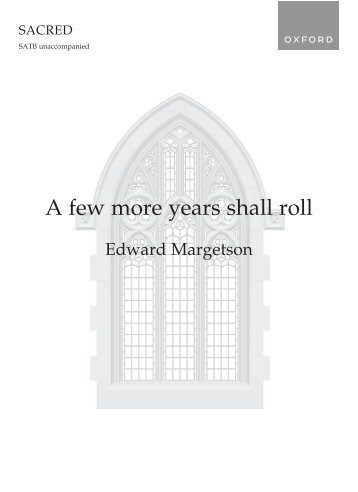
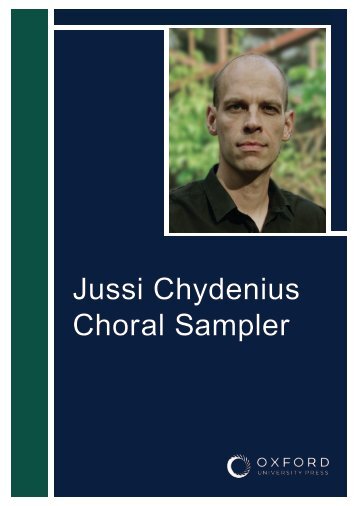


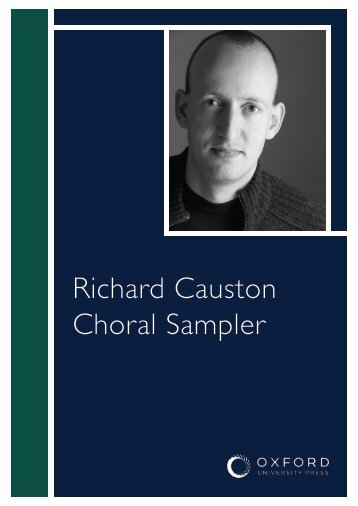
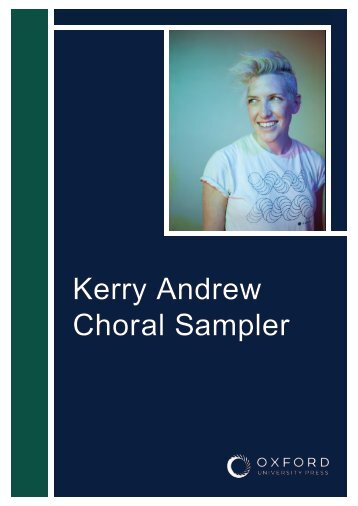

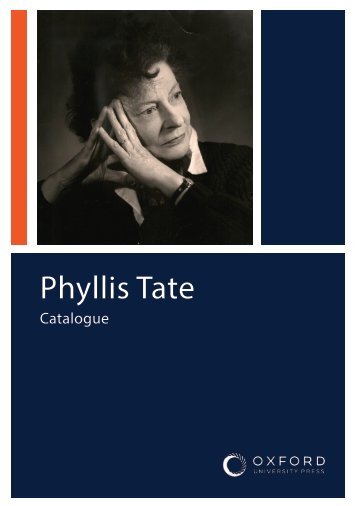
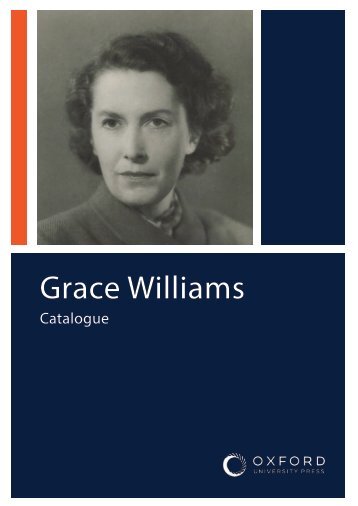

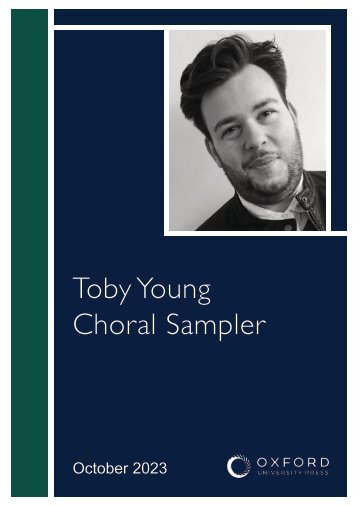
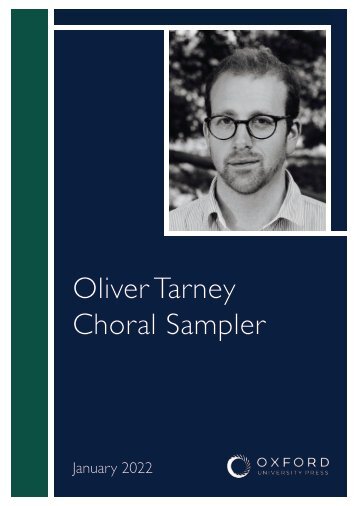

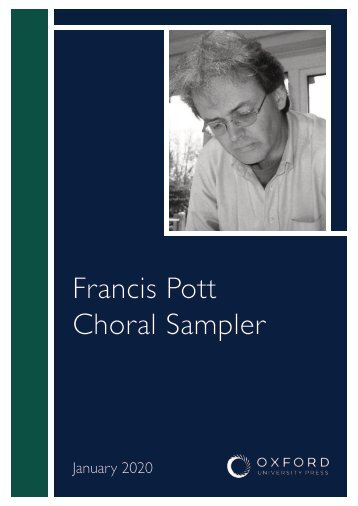
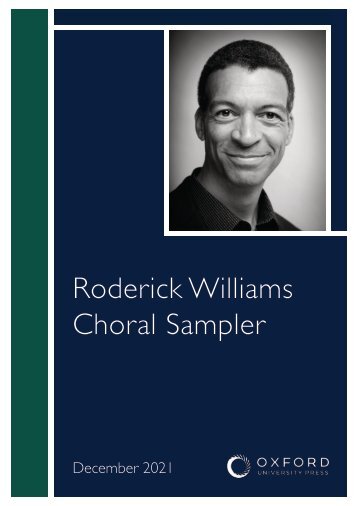
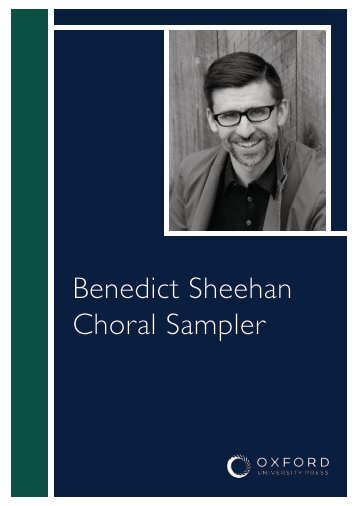
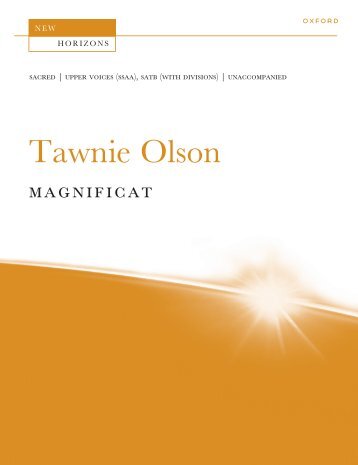
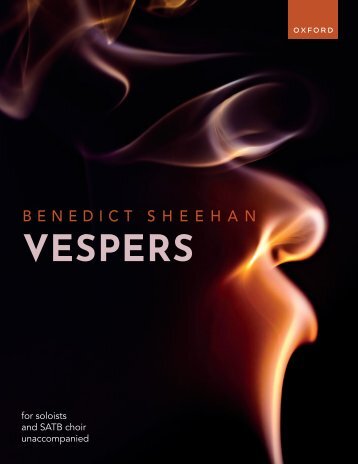

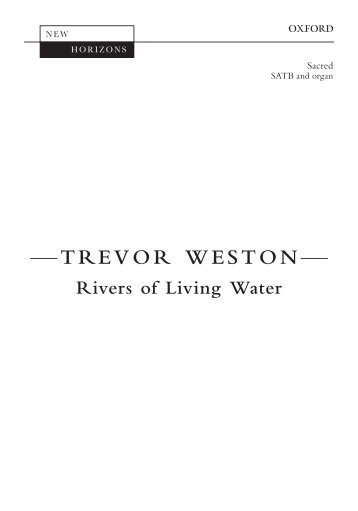
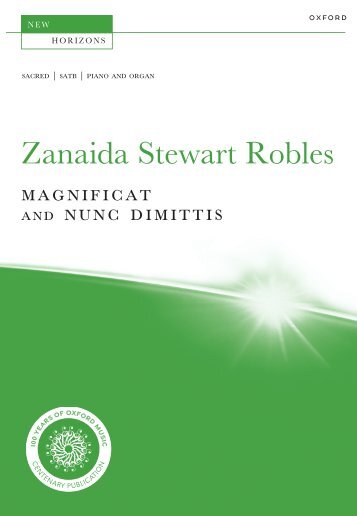


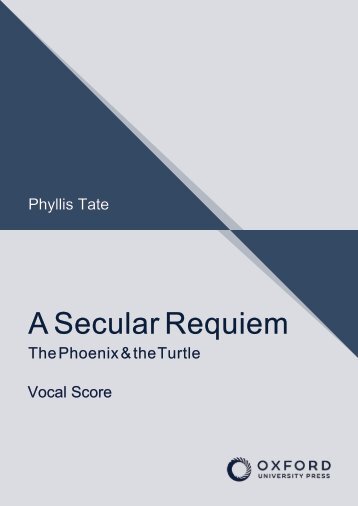



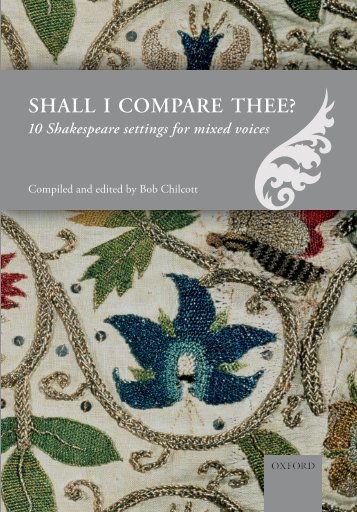
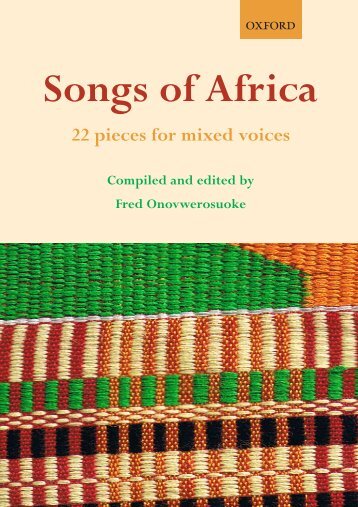

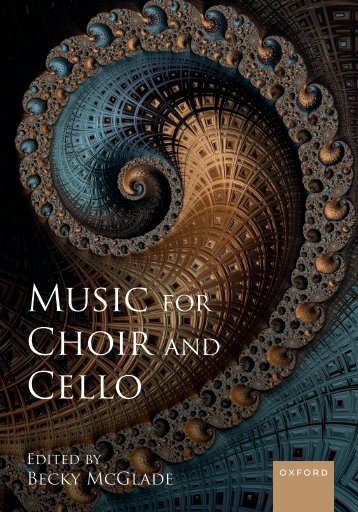


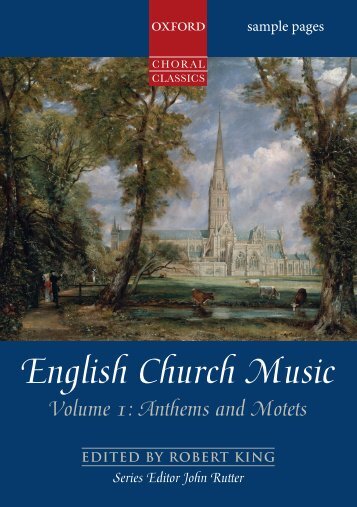
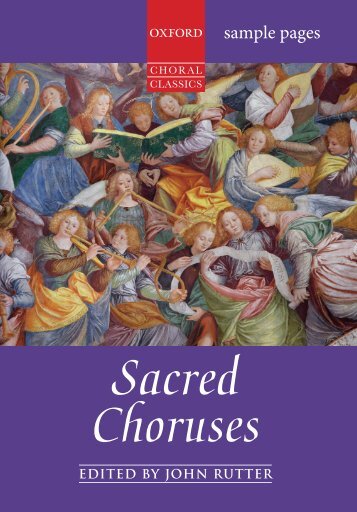

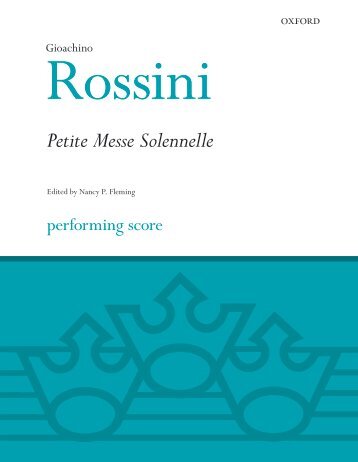
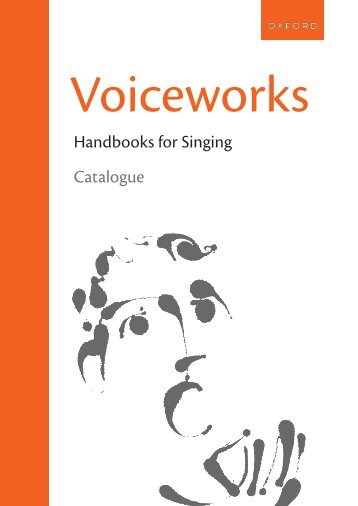



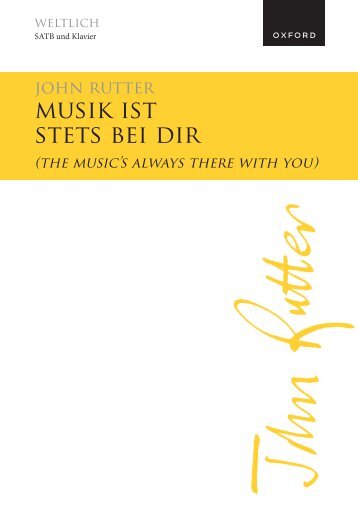
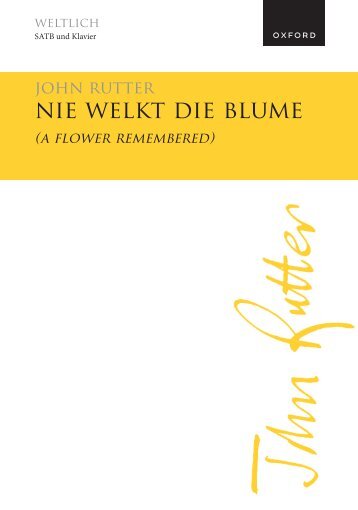

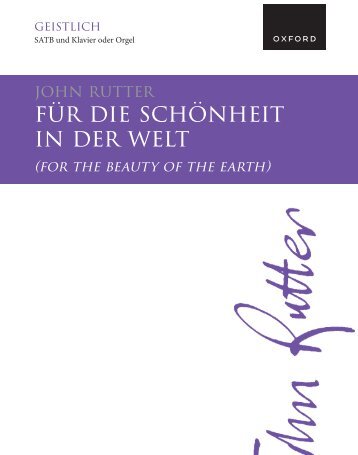
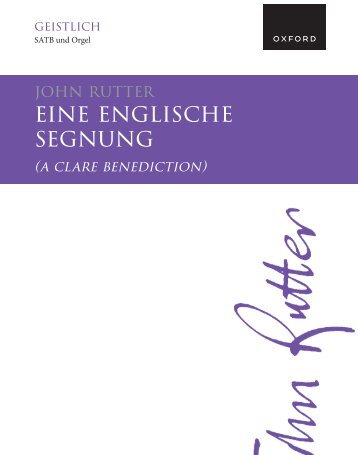

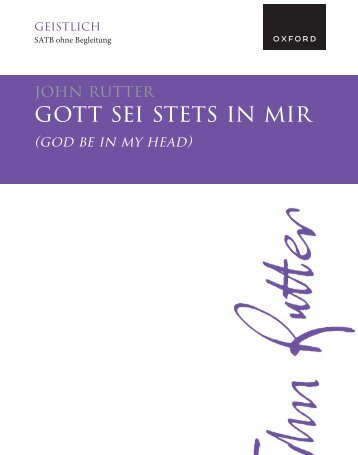


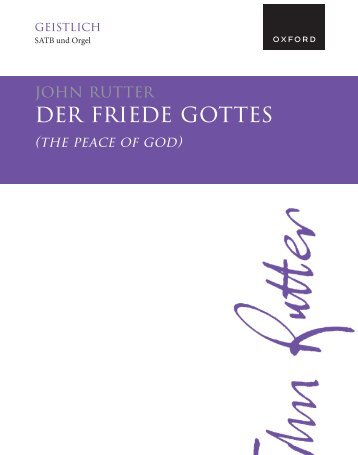

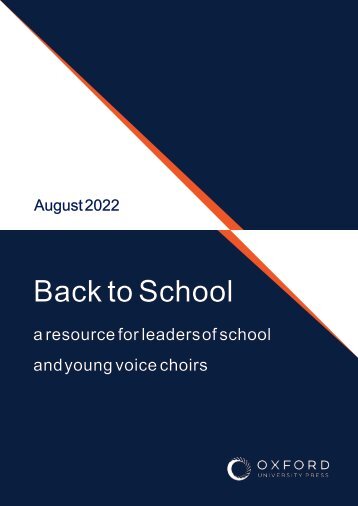
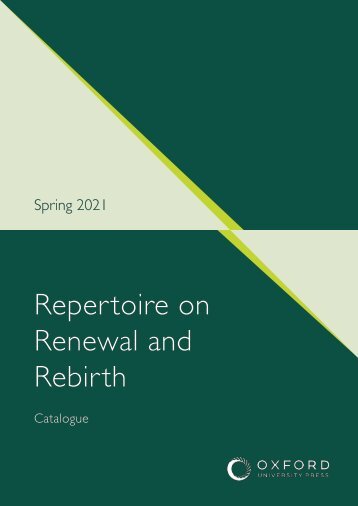
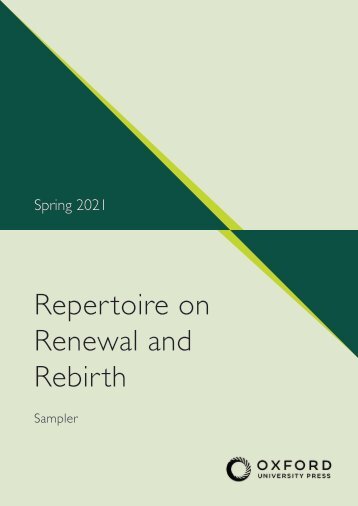
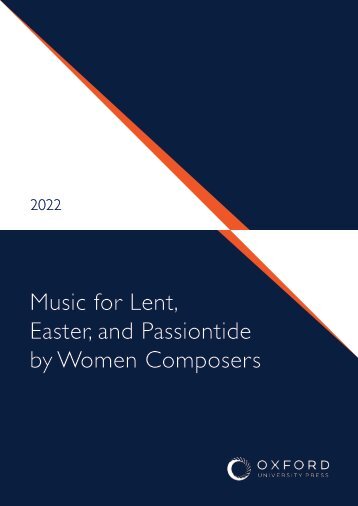
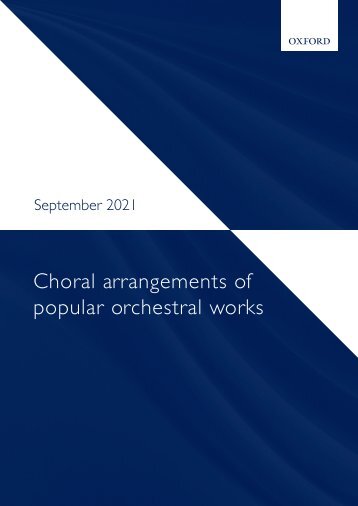
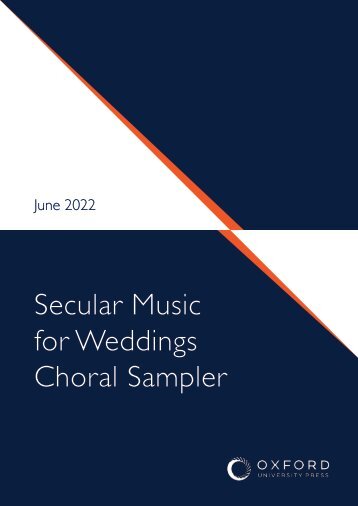

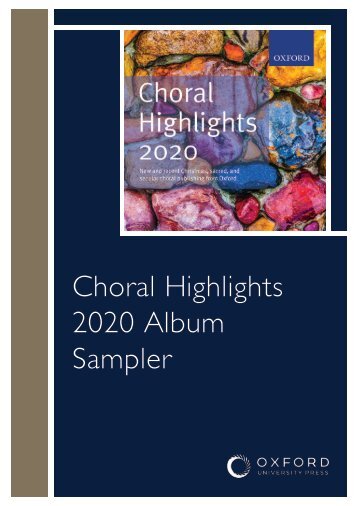
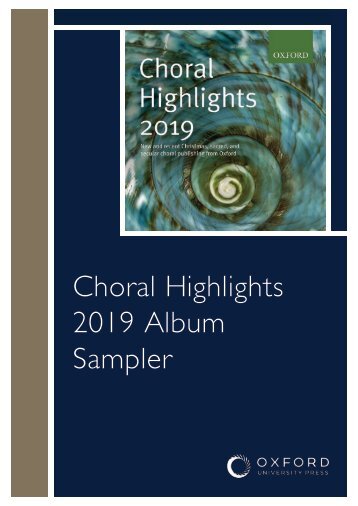
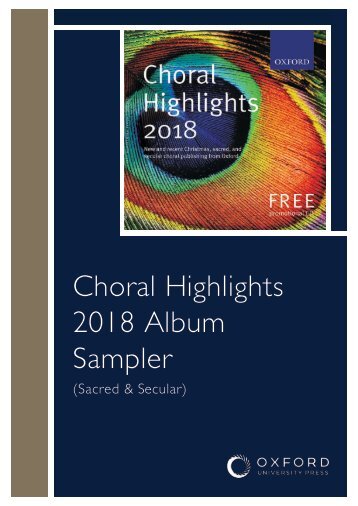


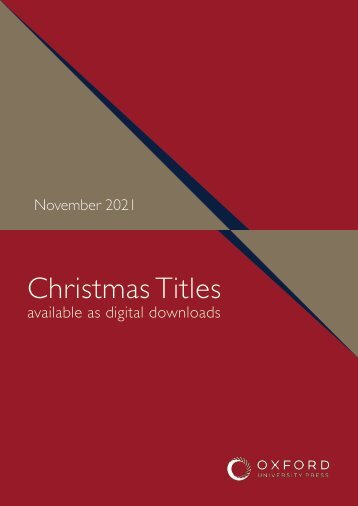
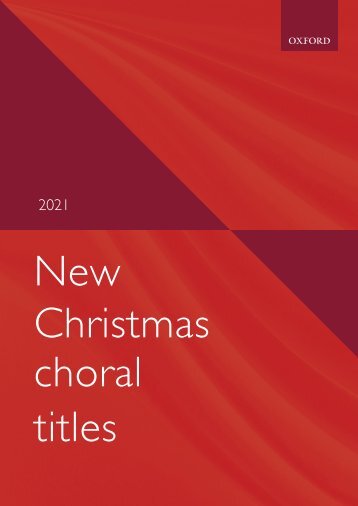
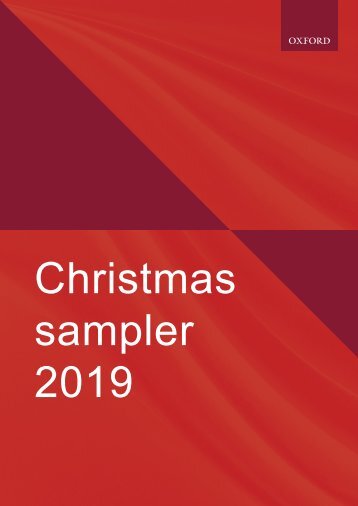
Facebook
Twitter
Email